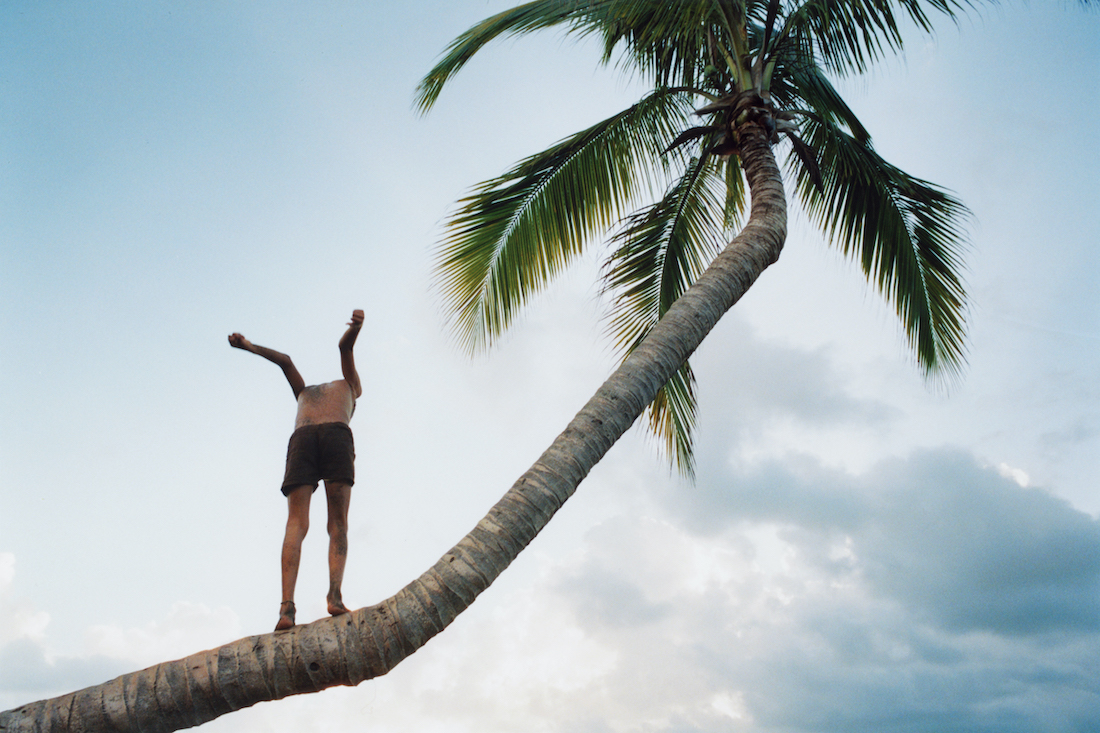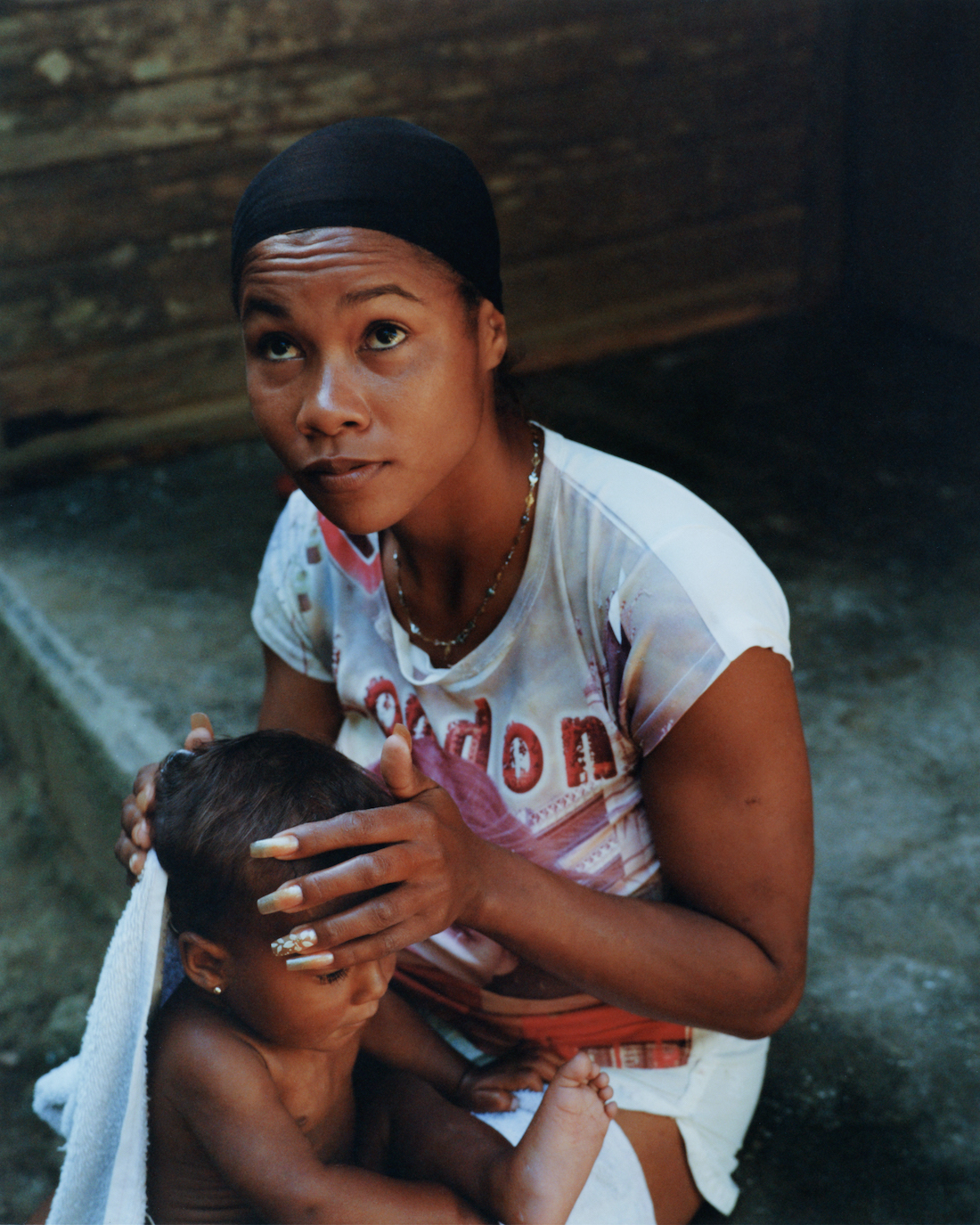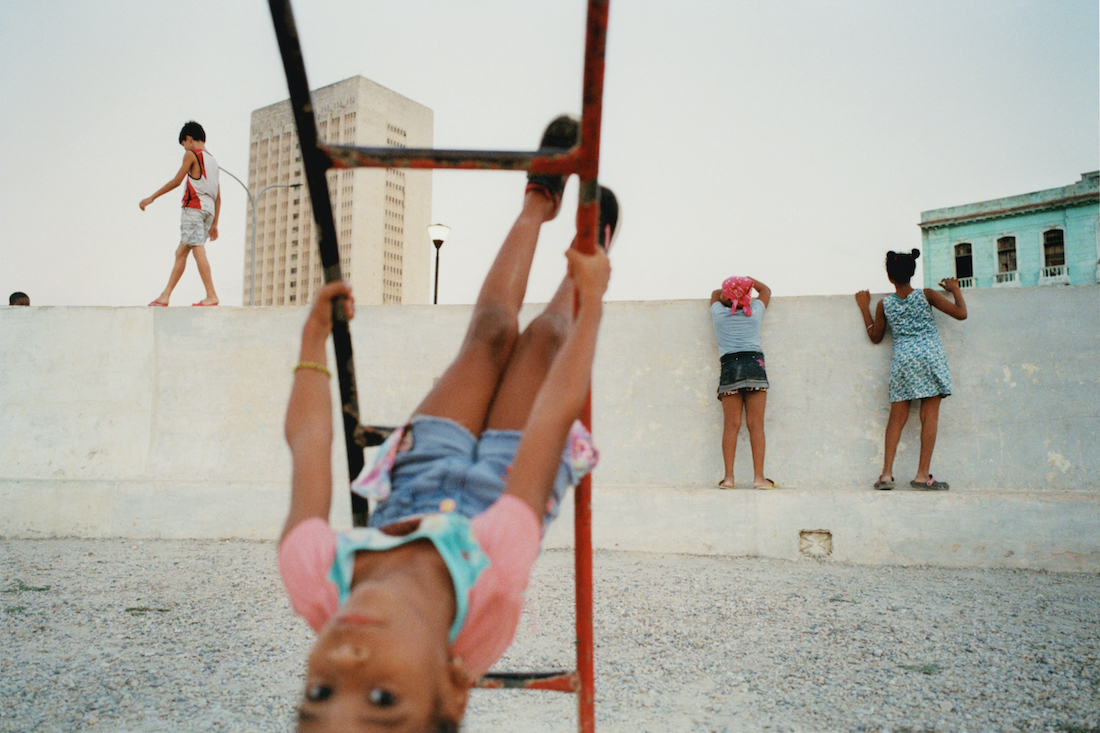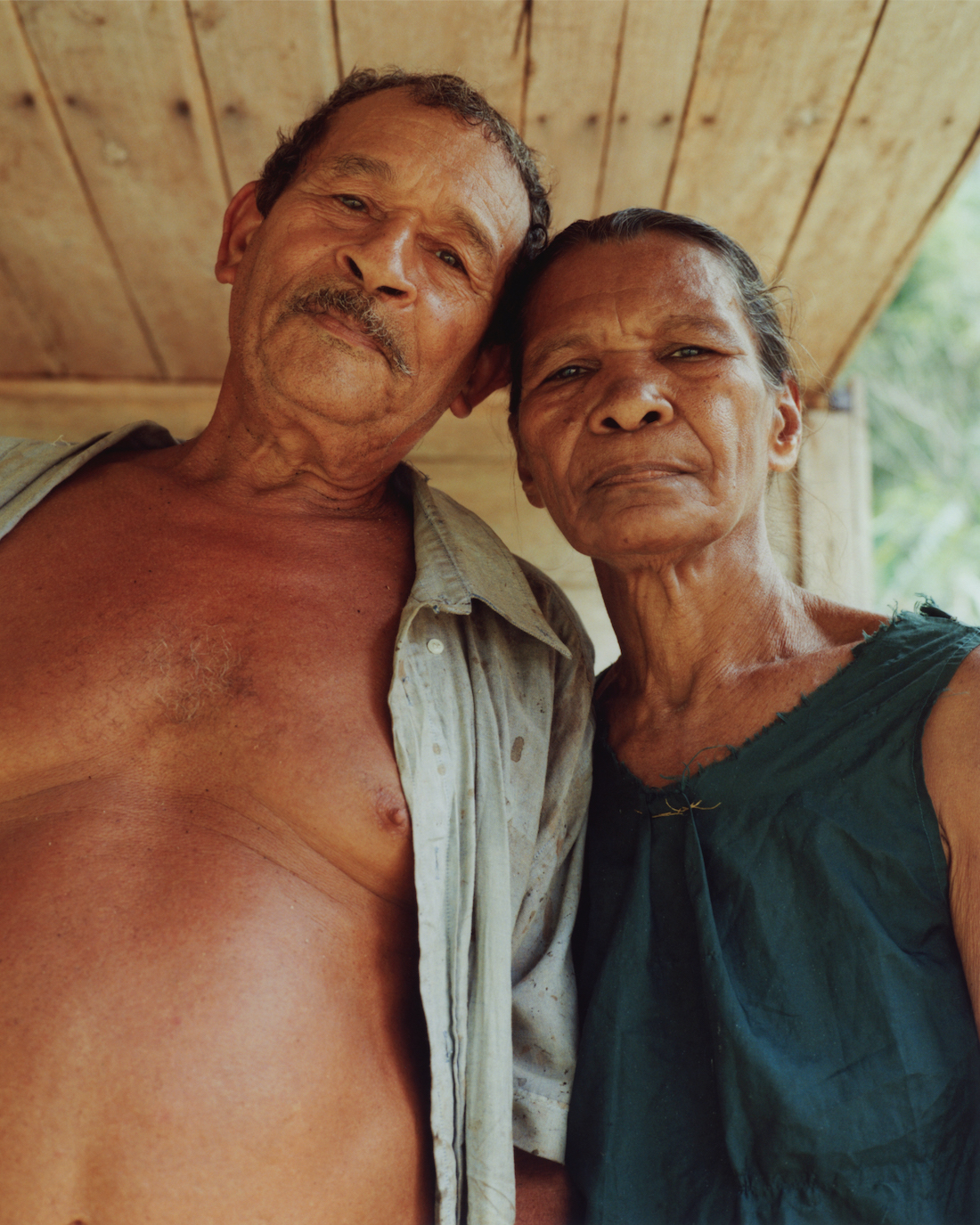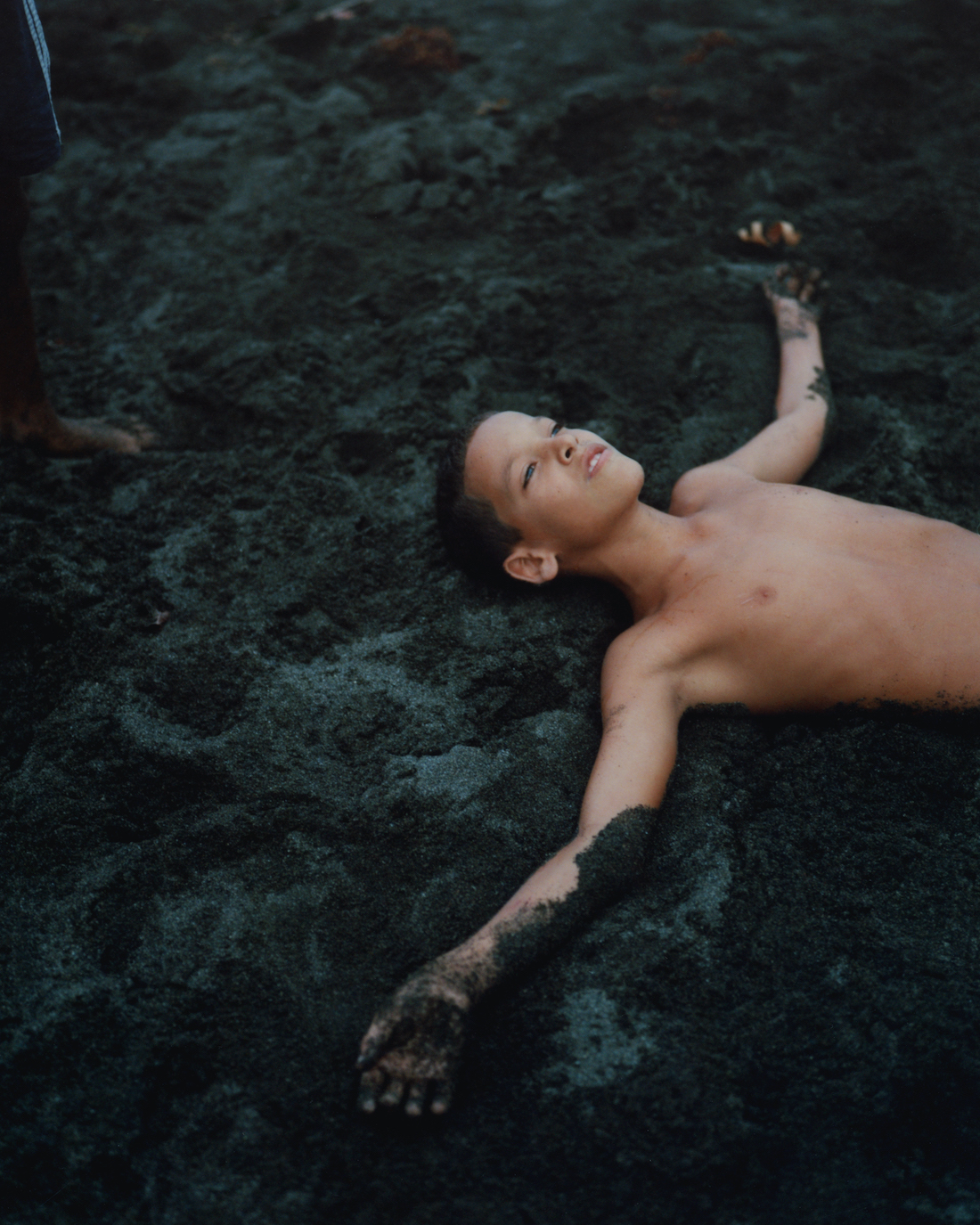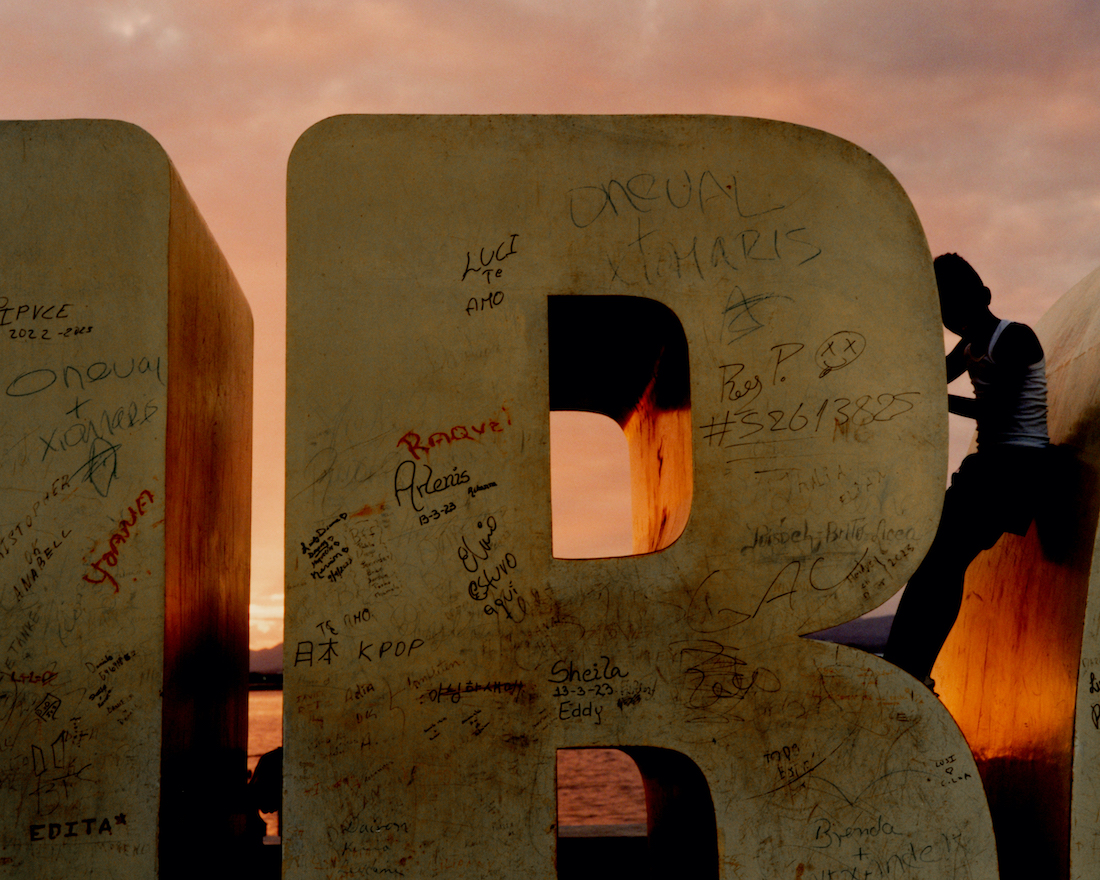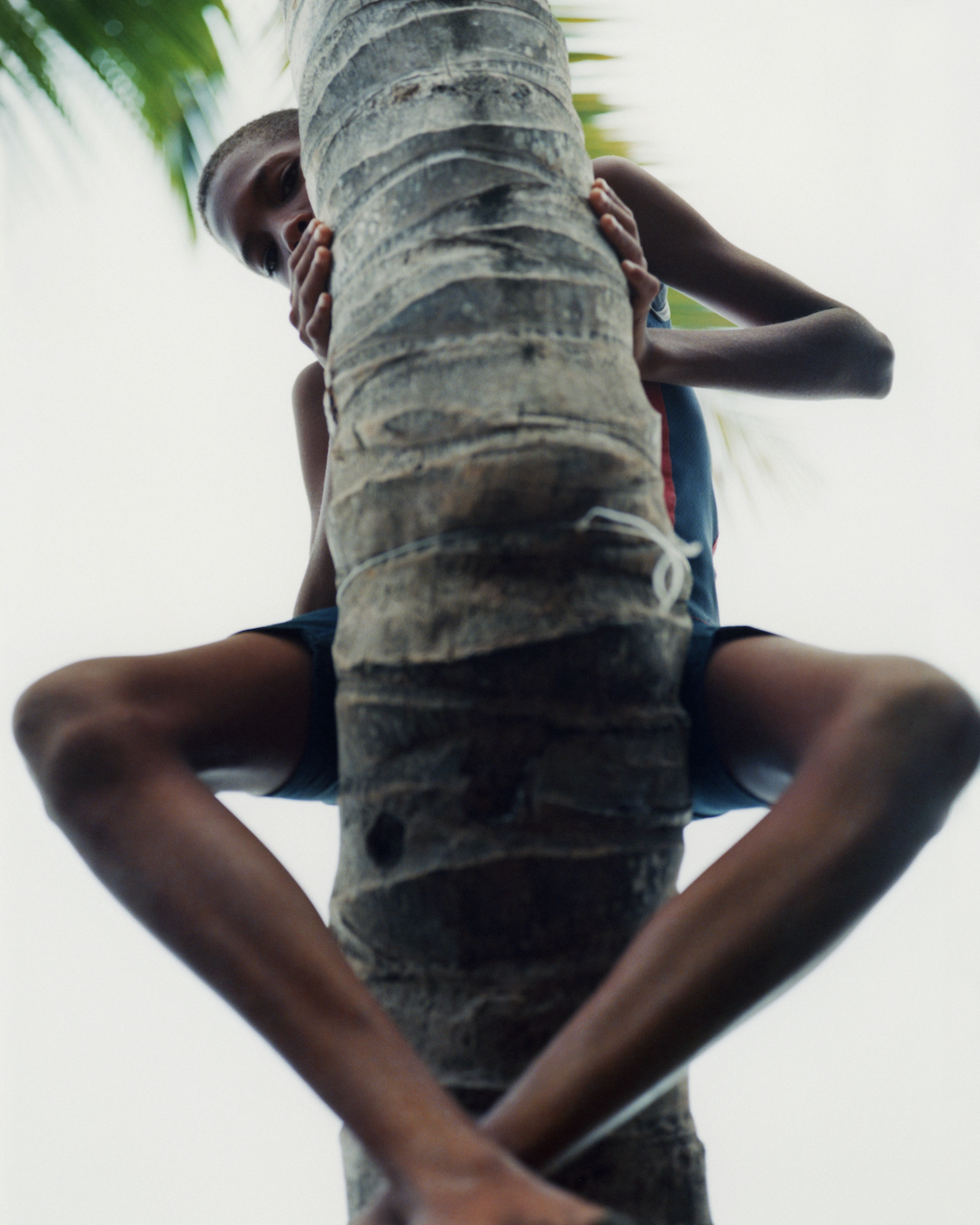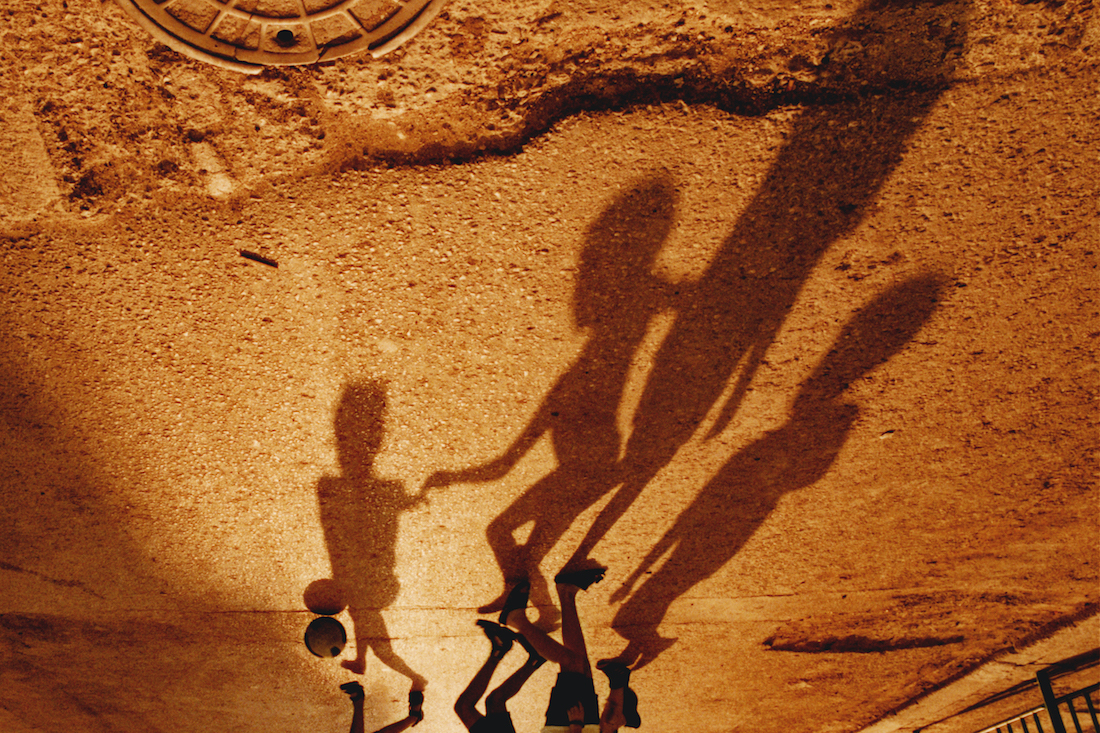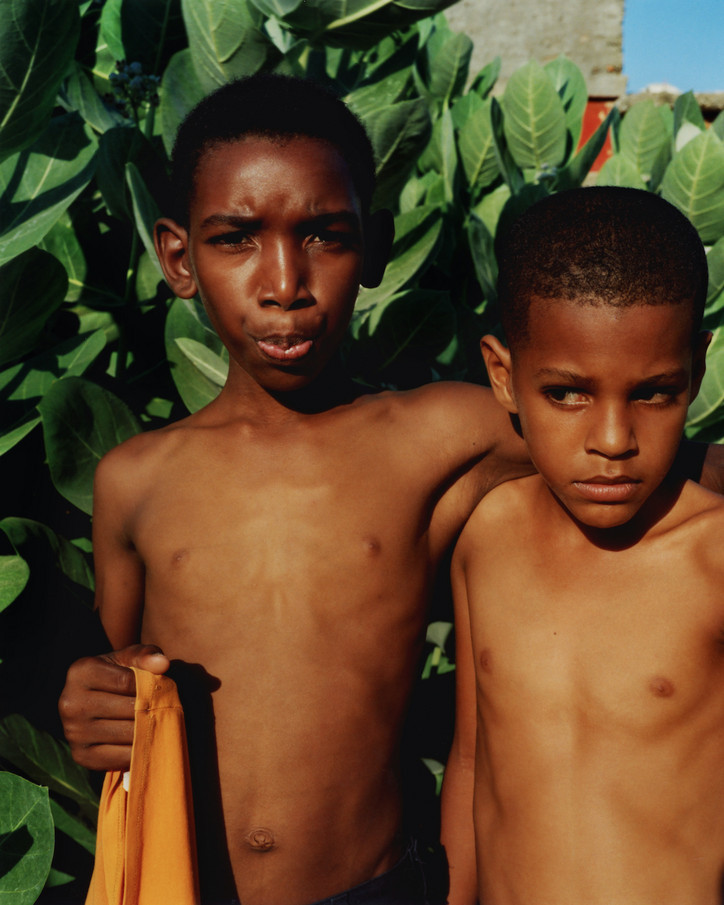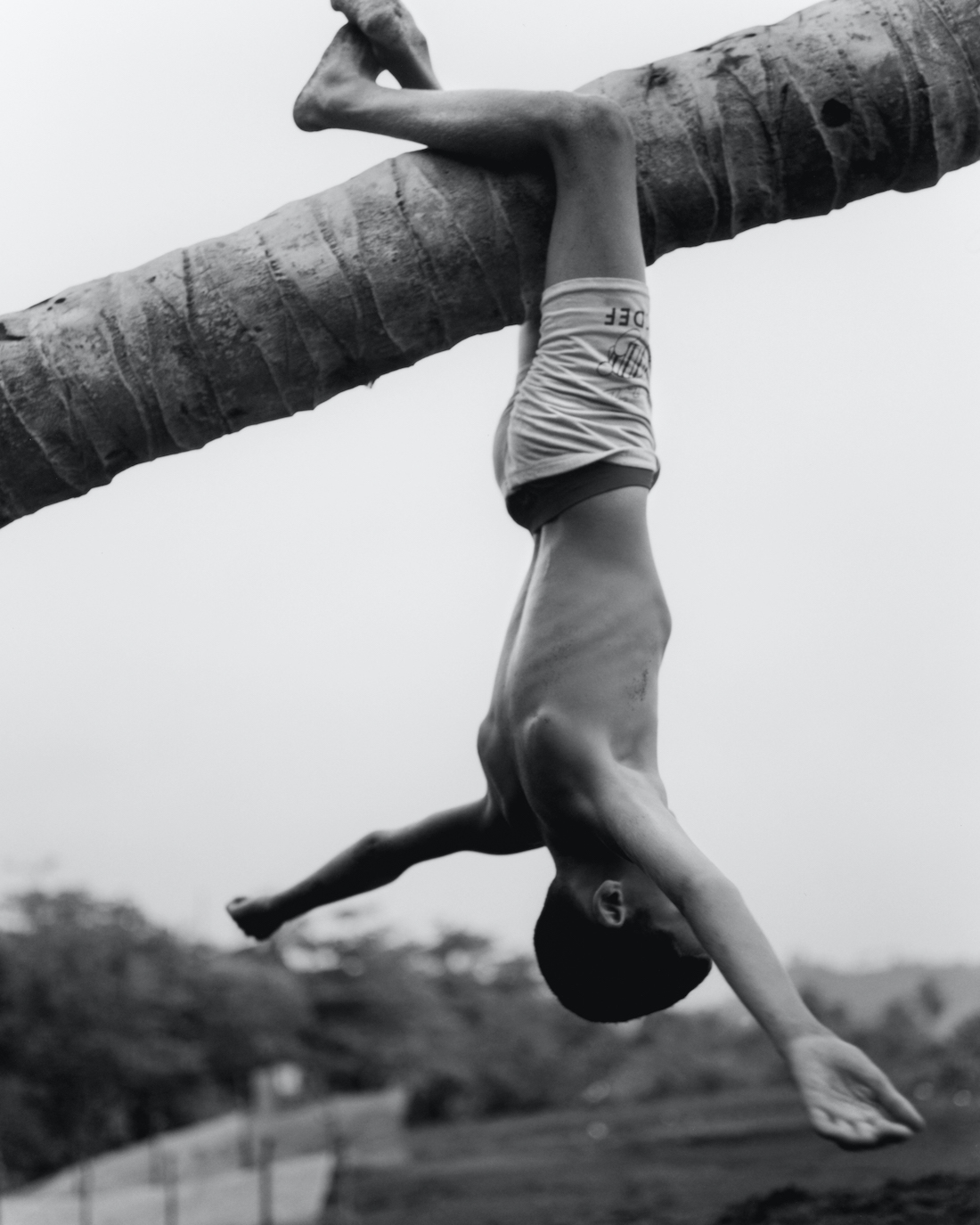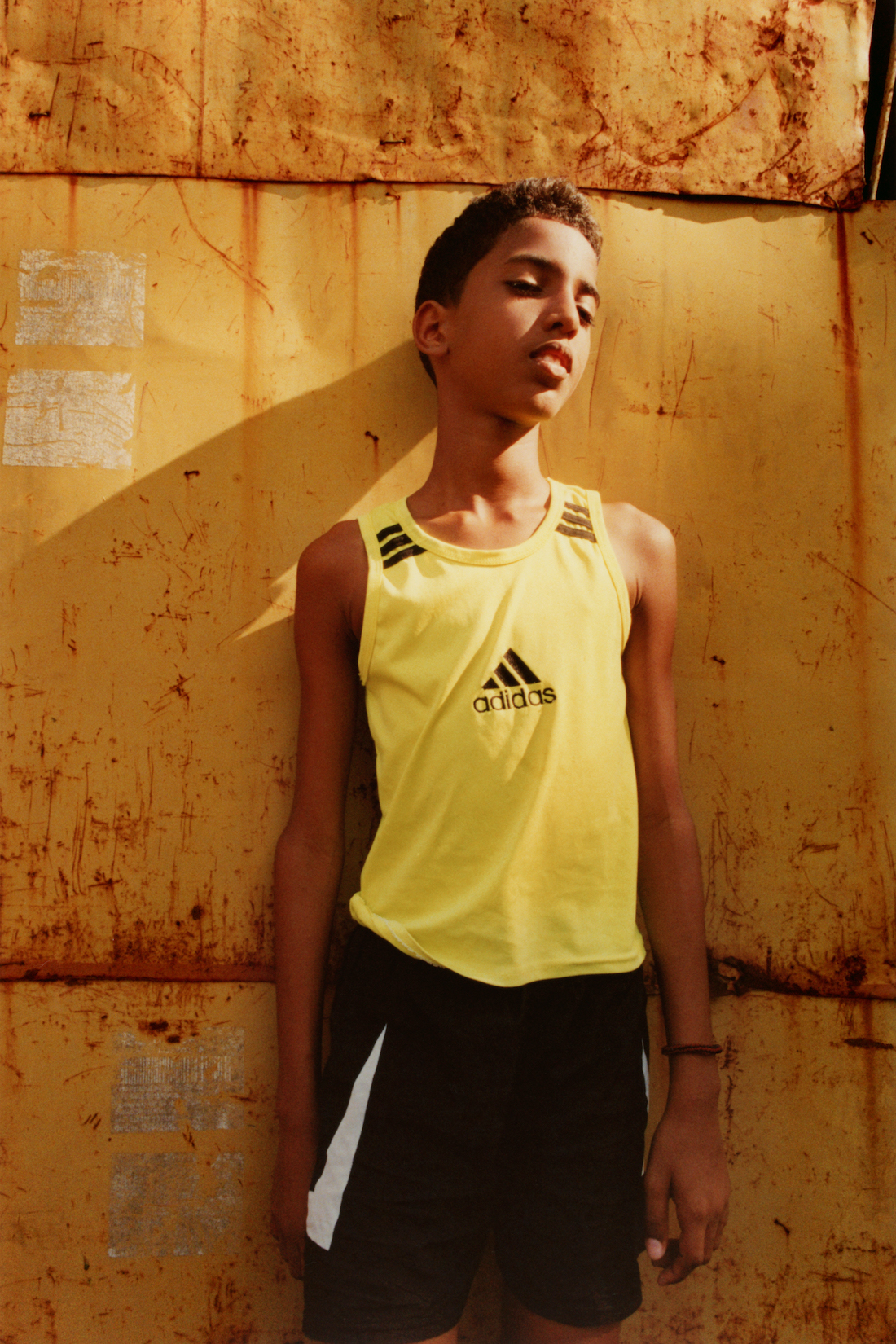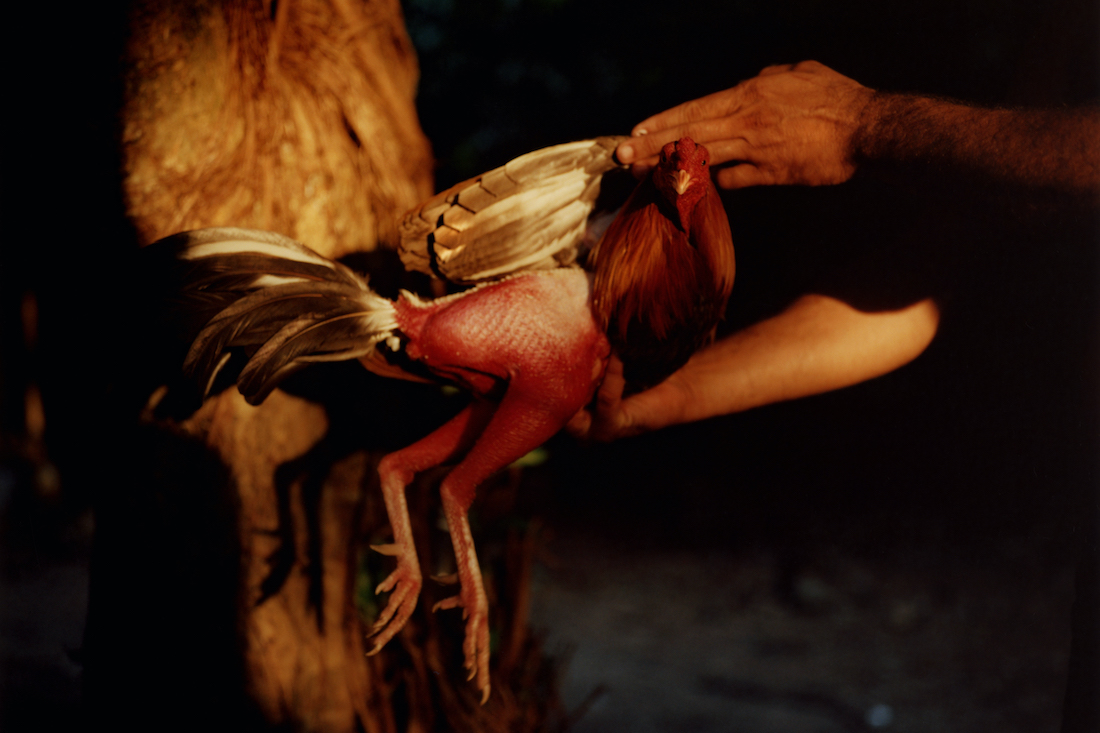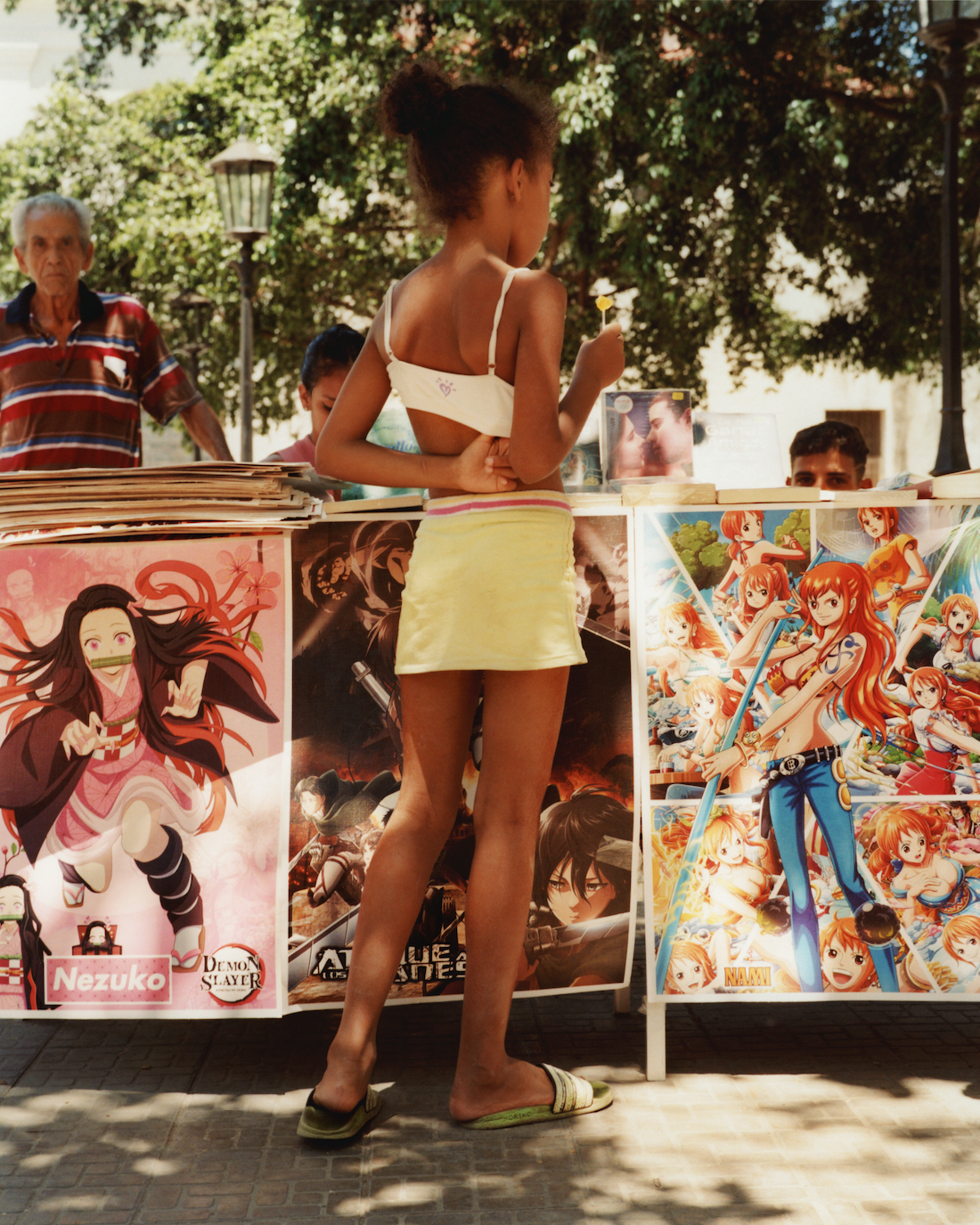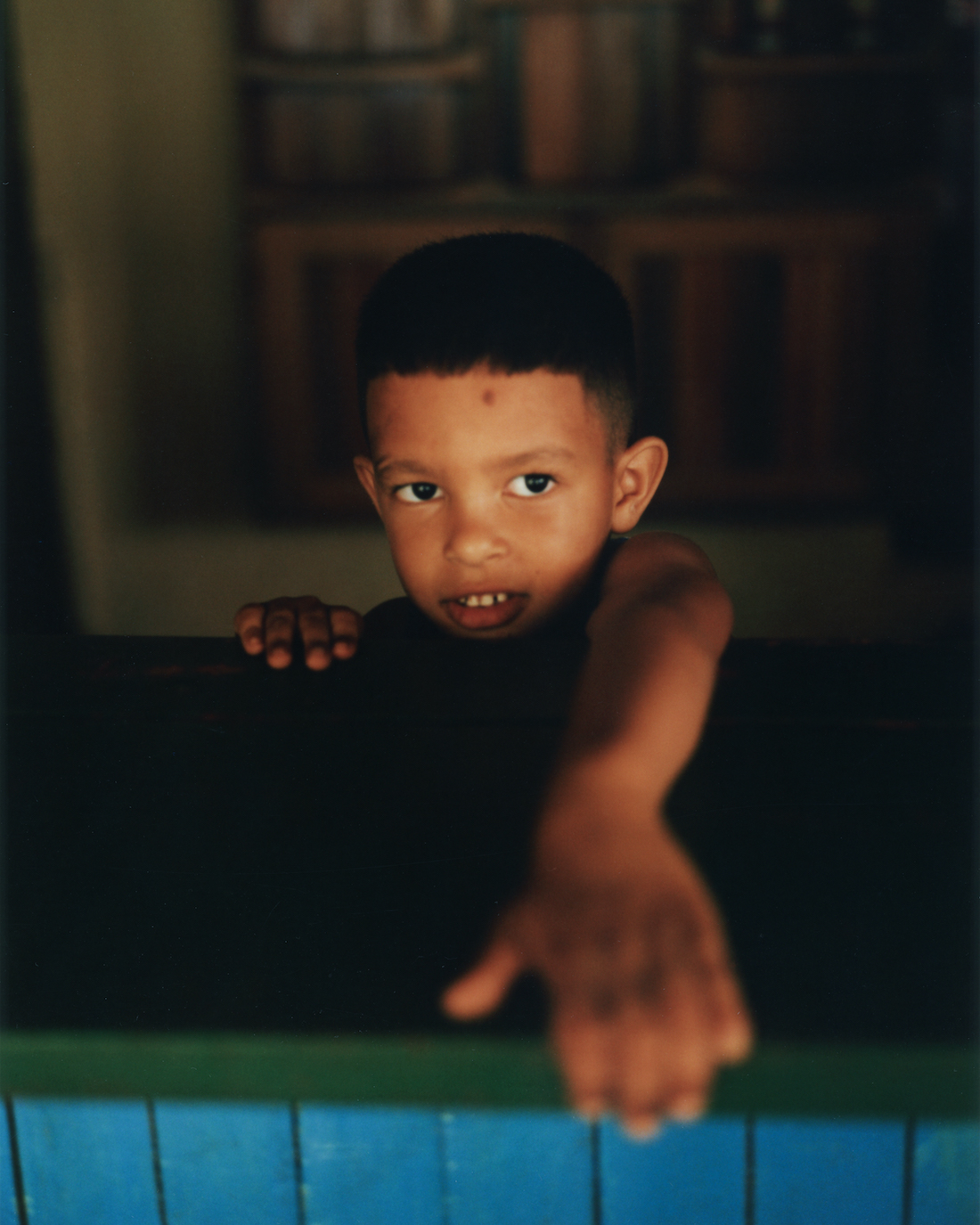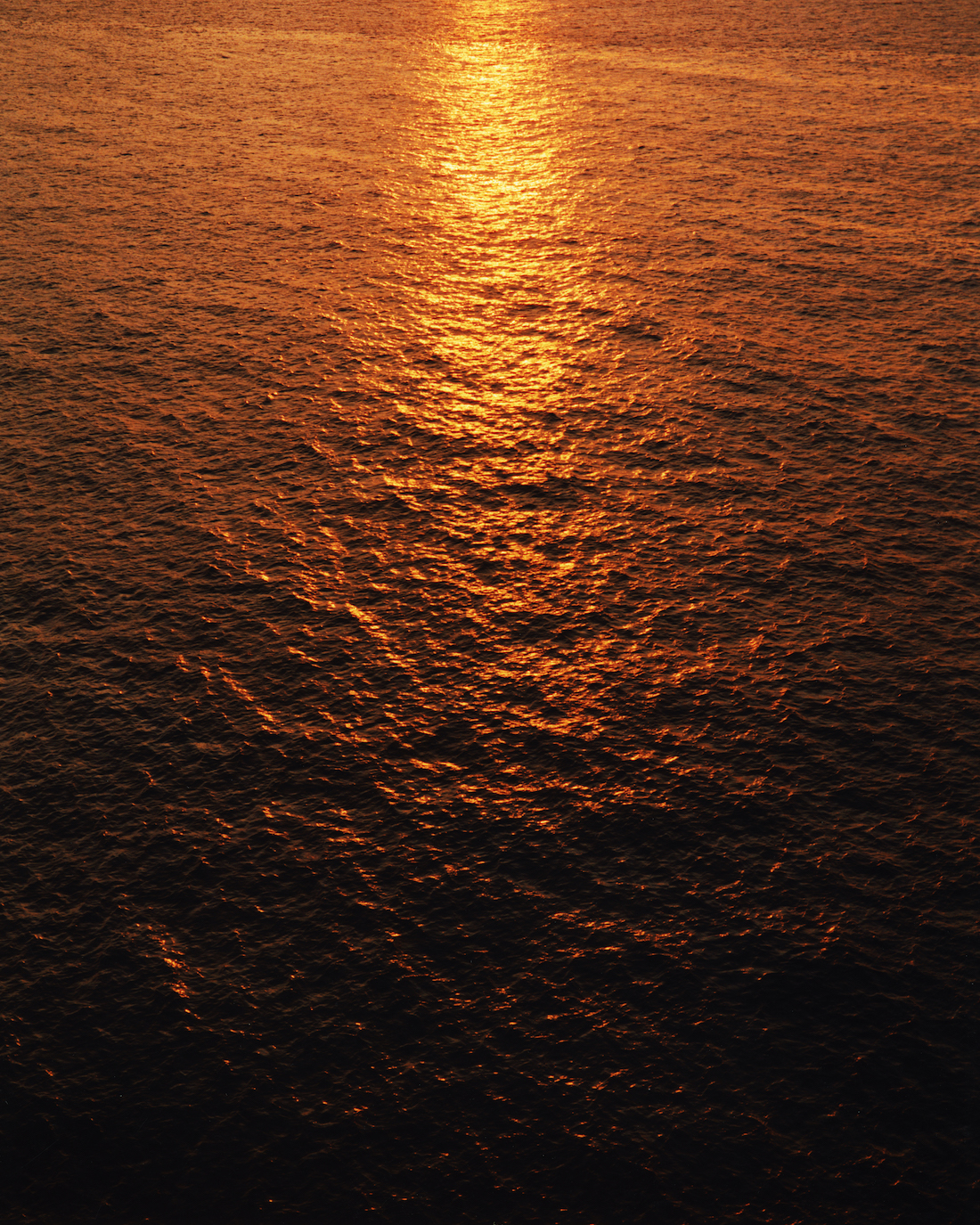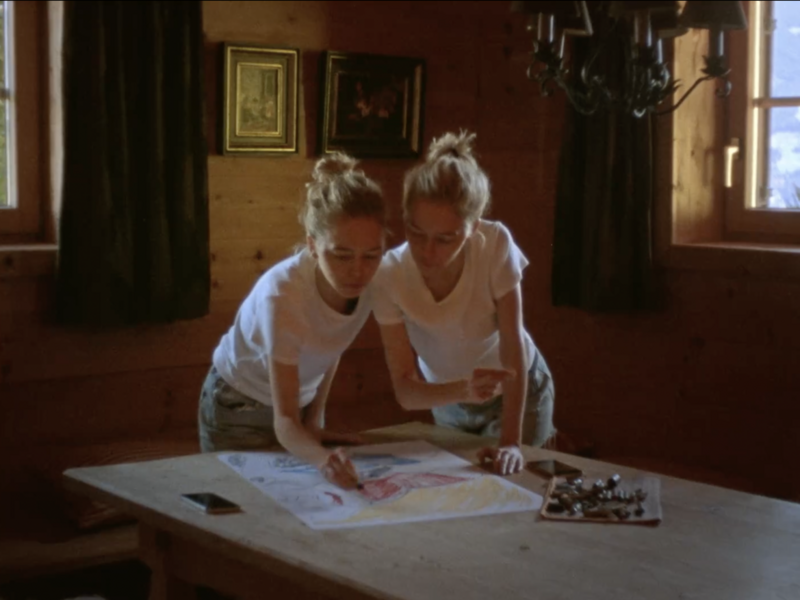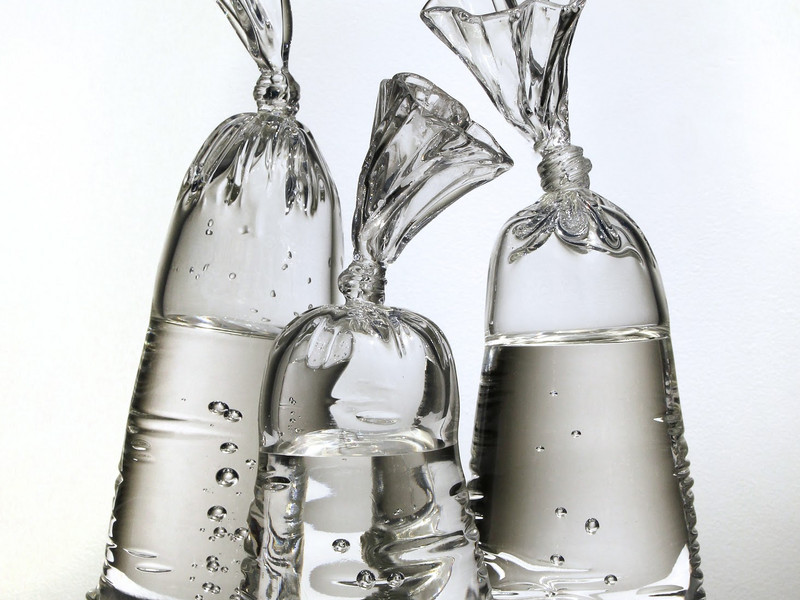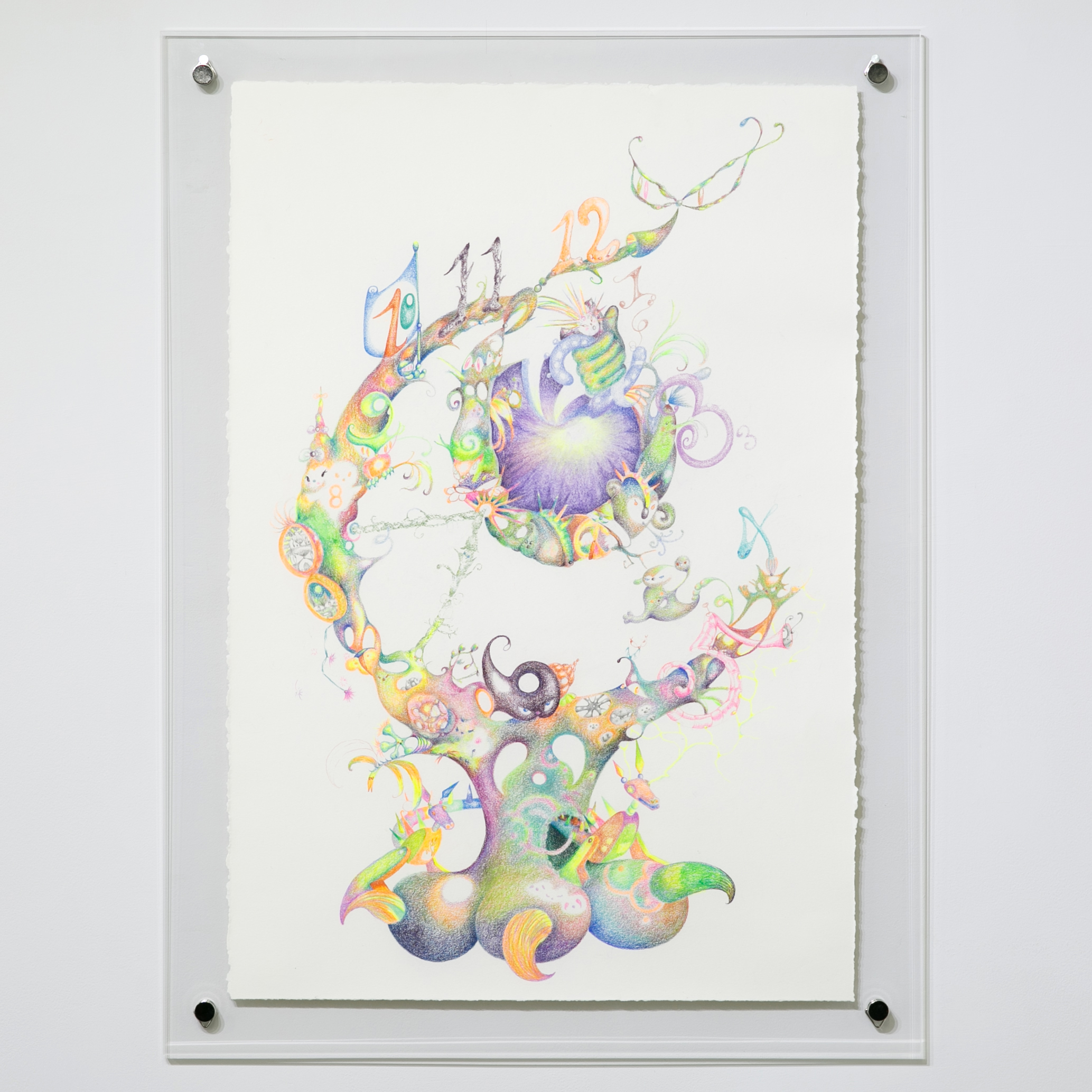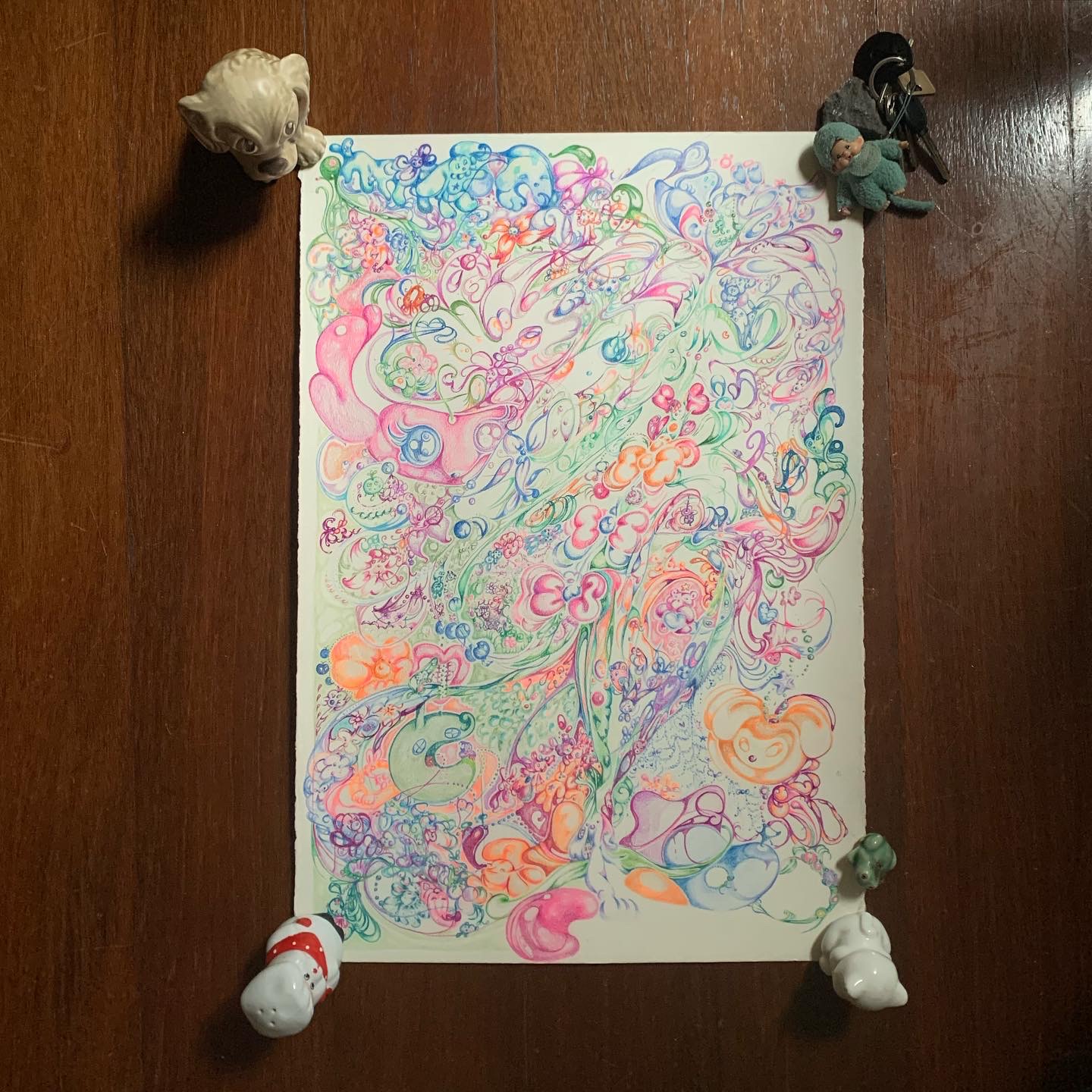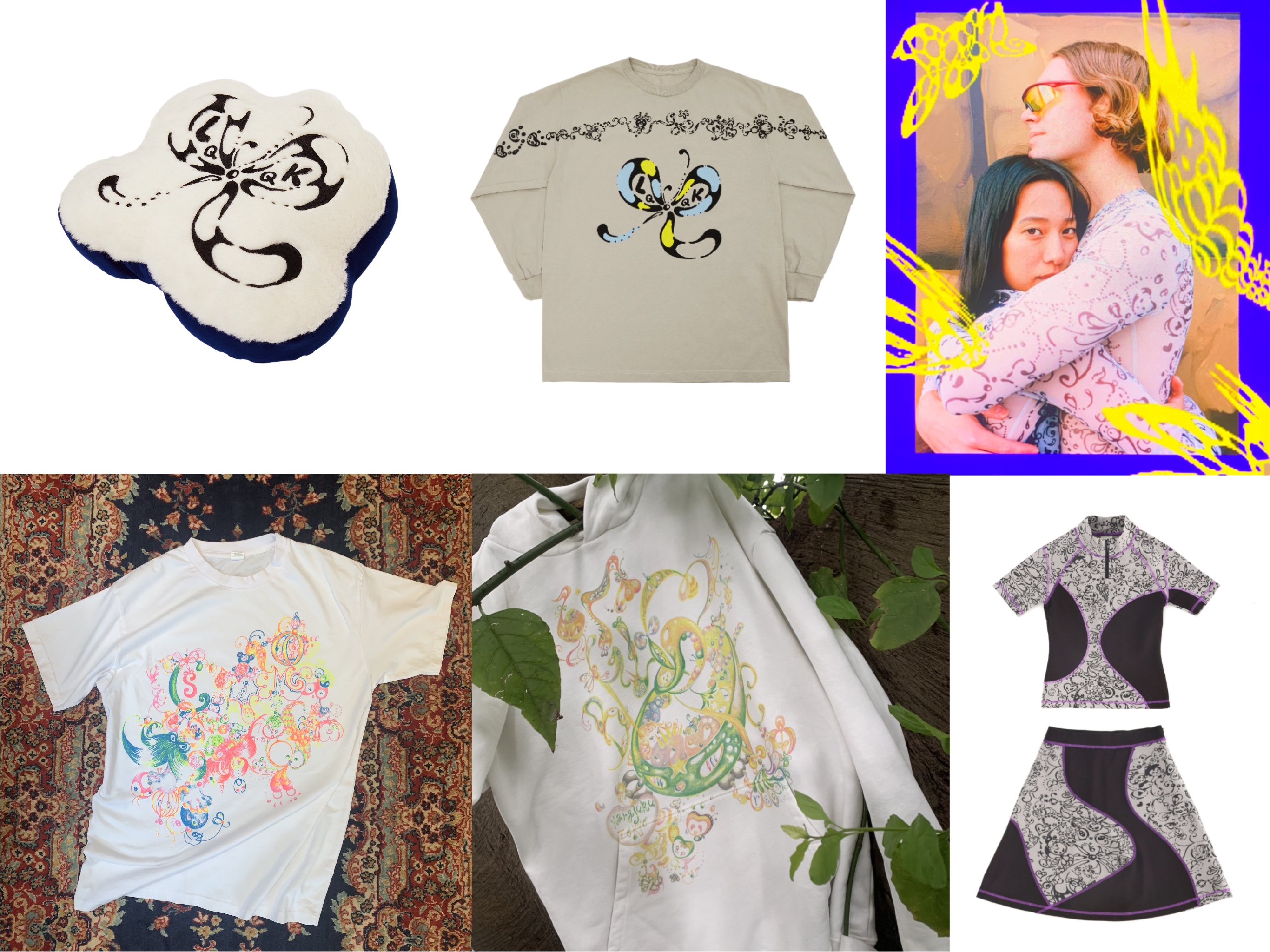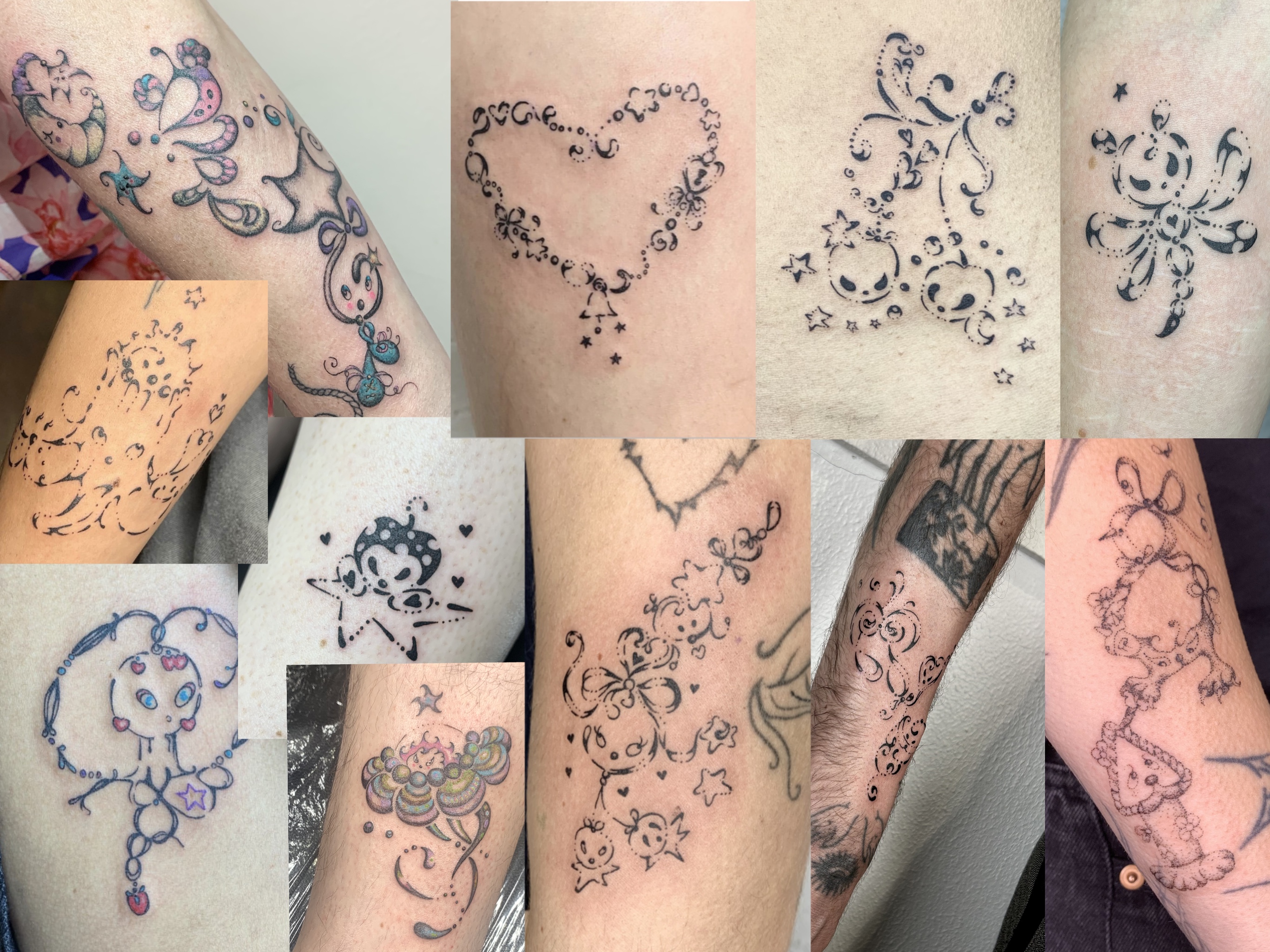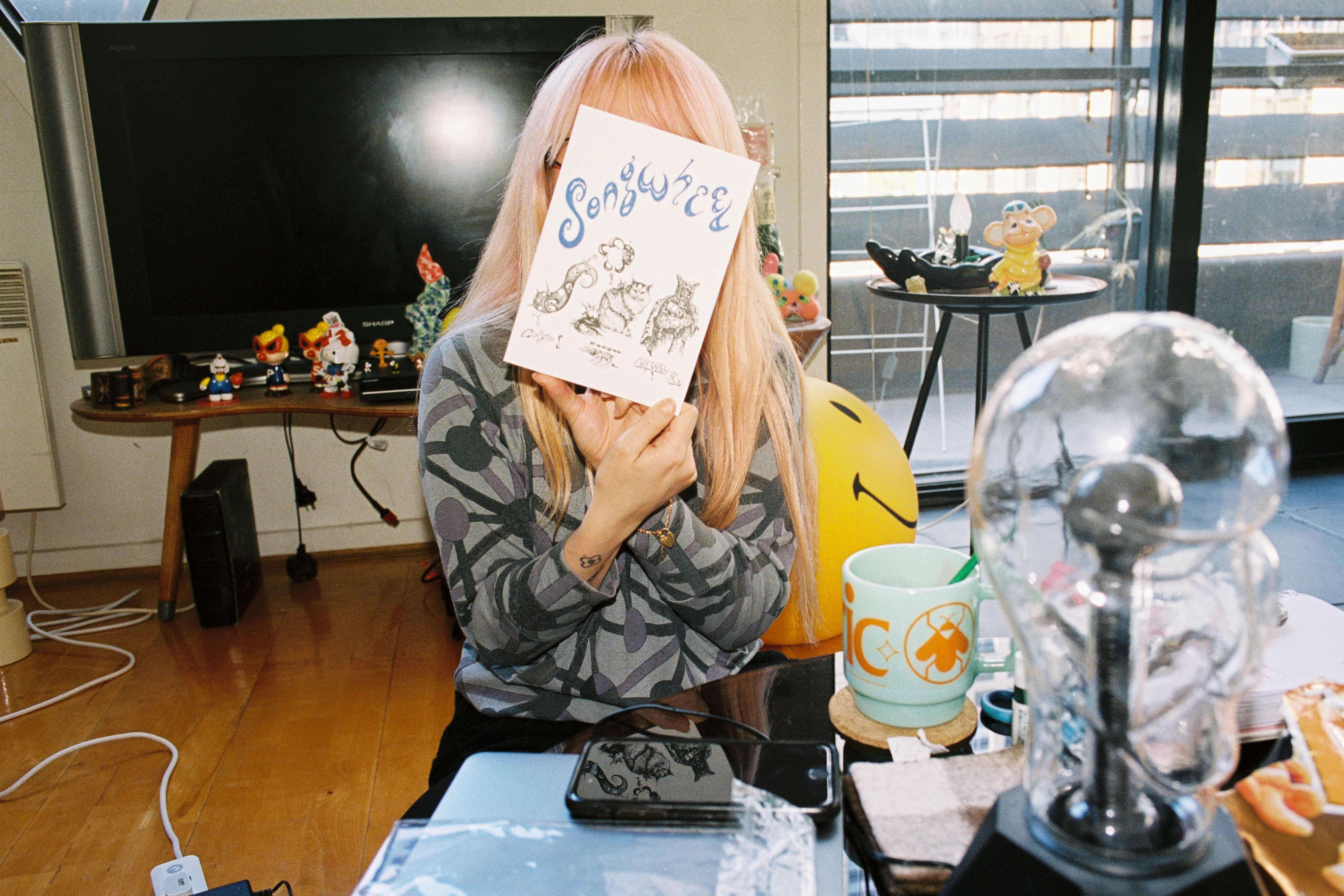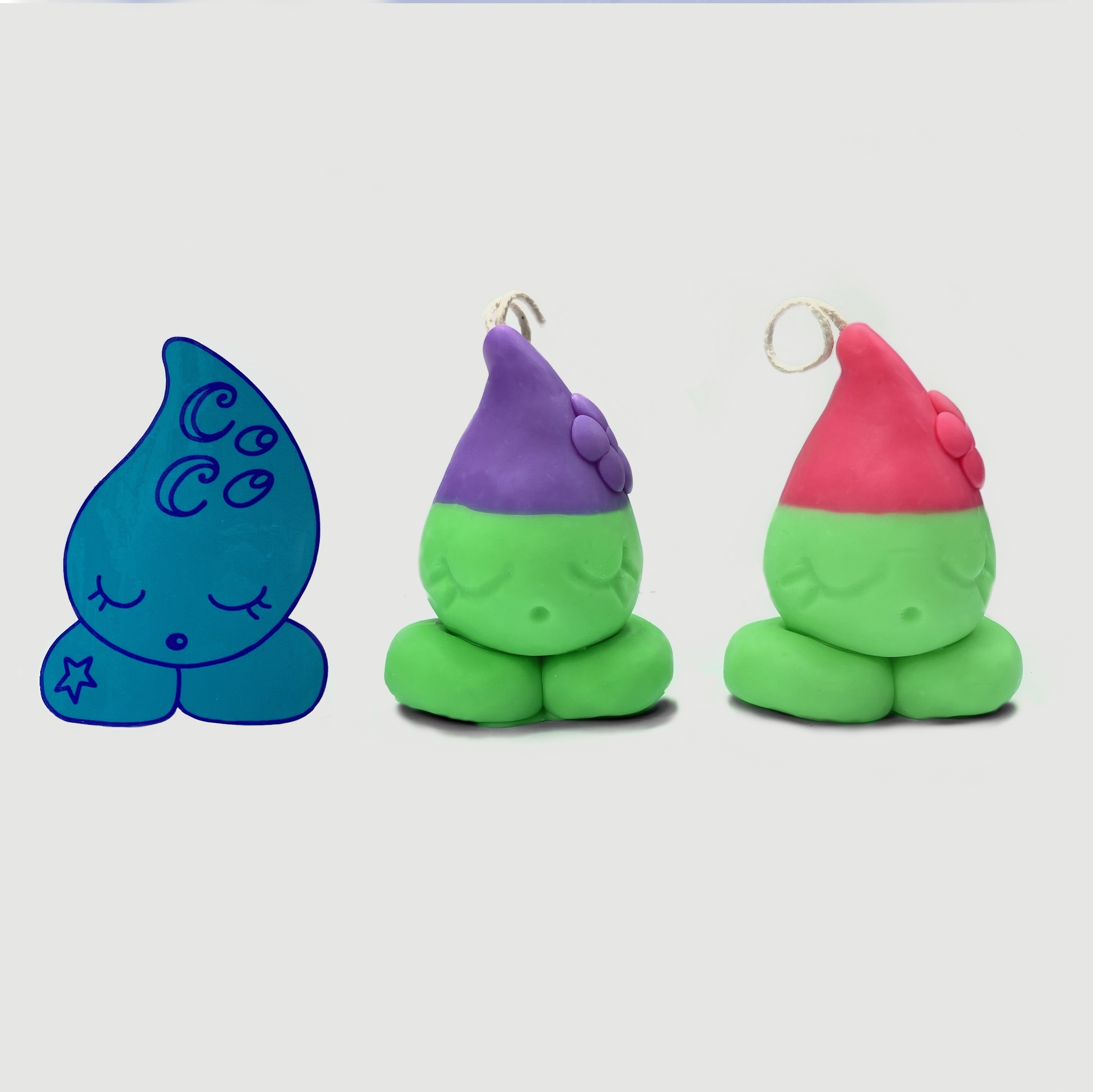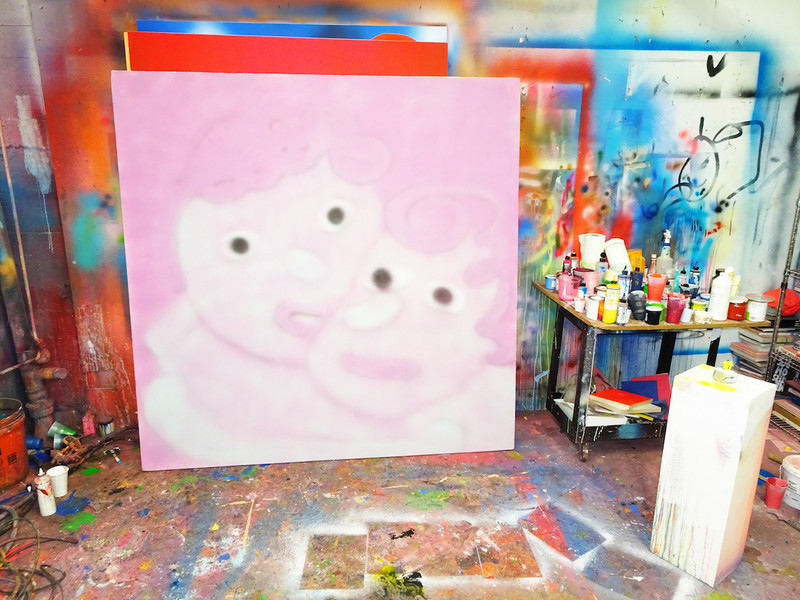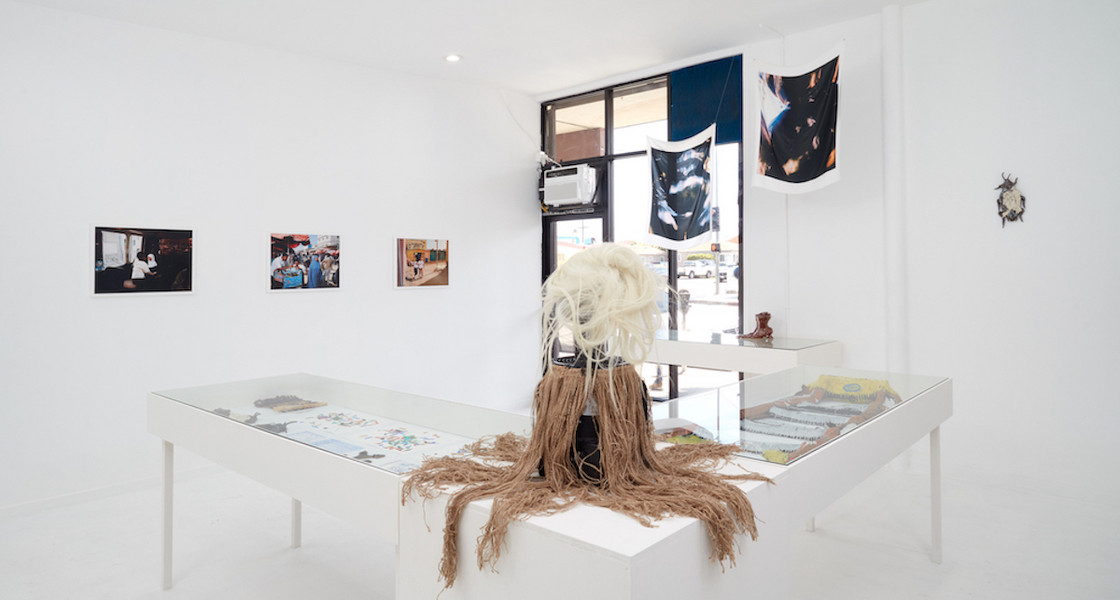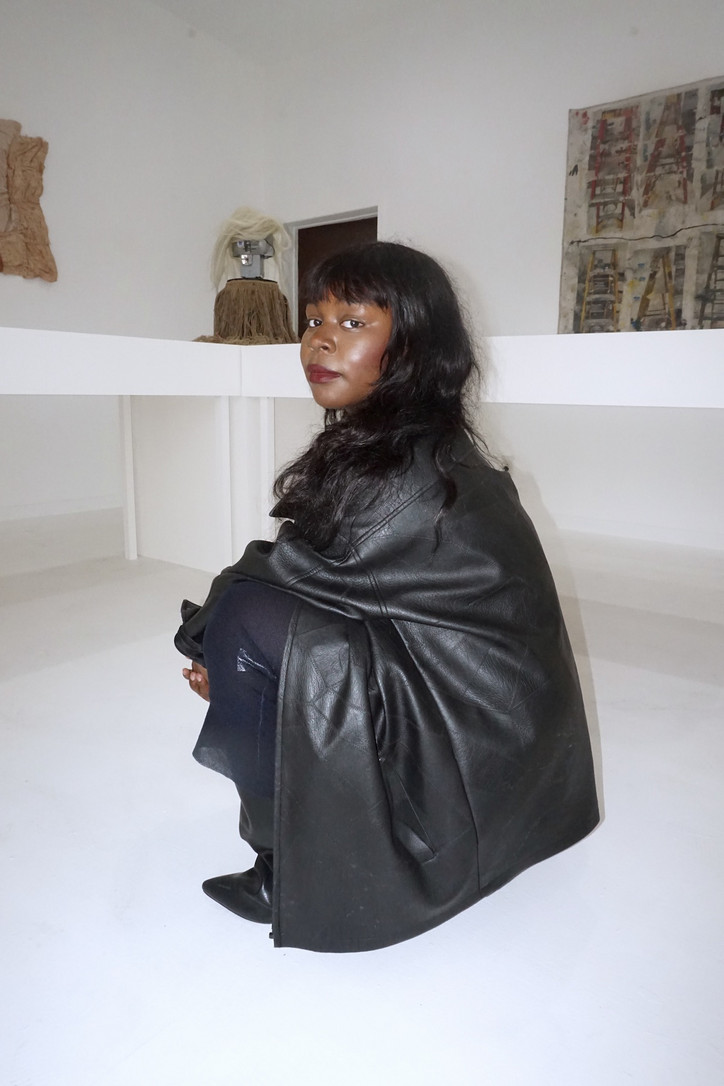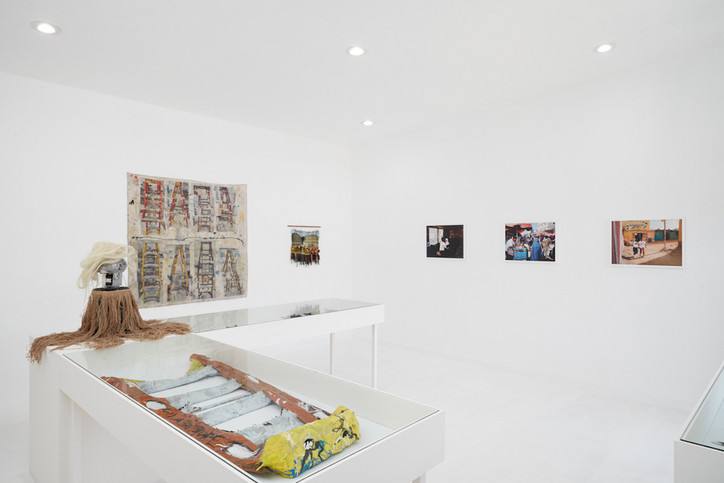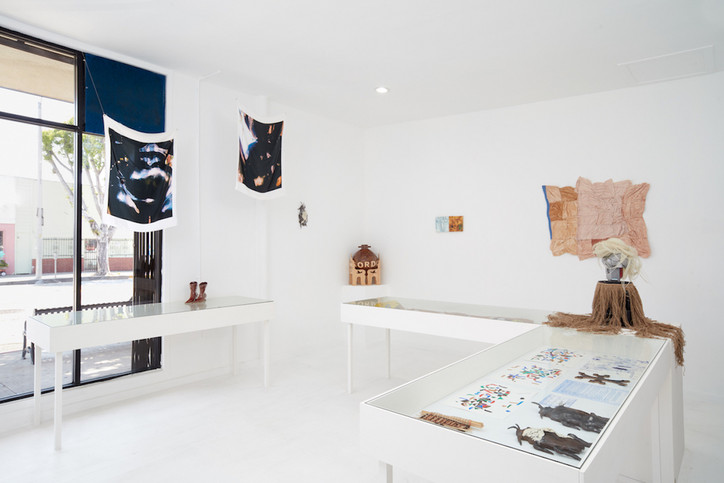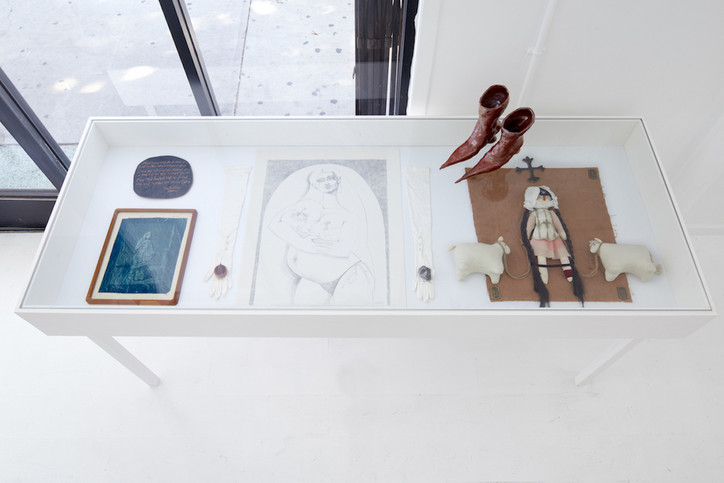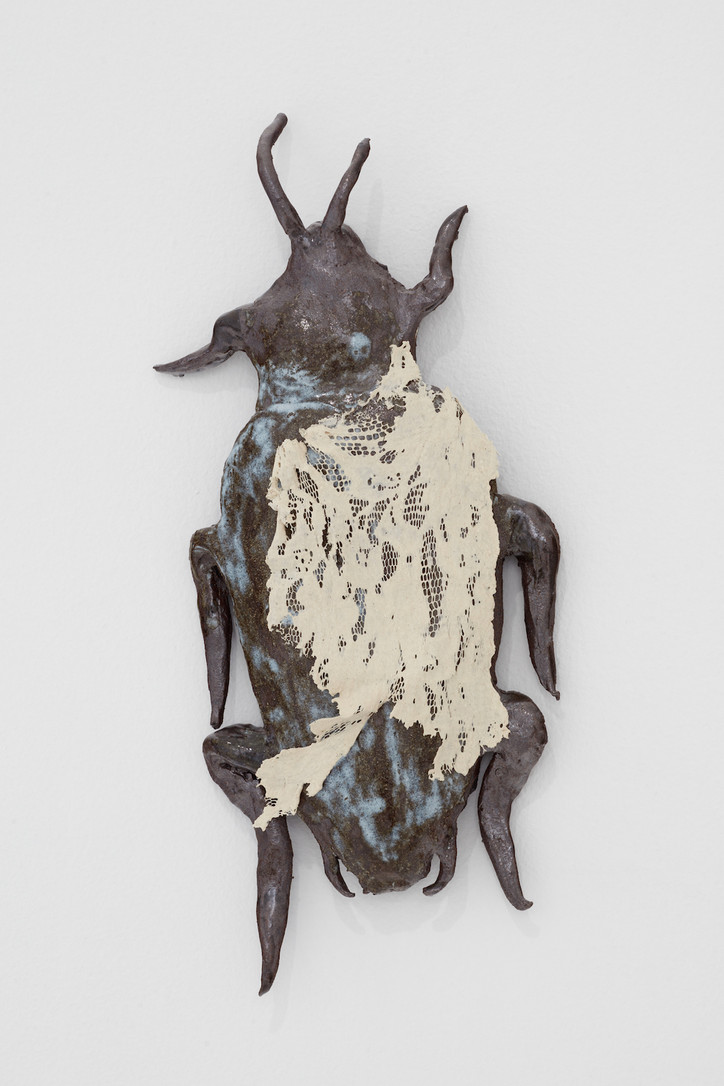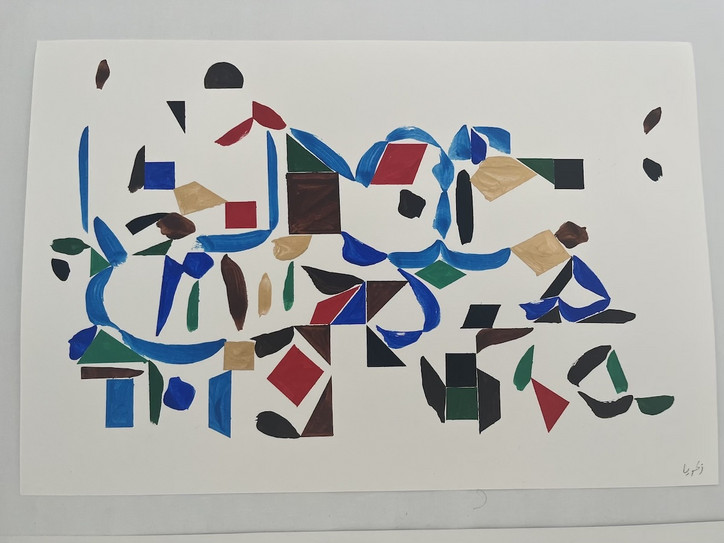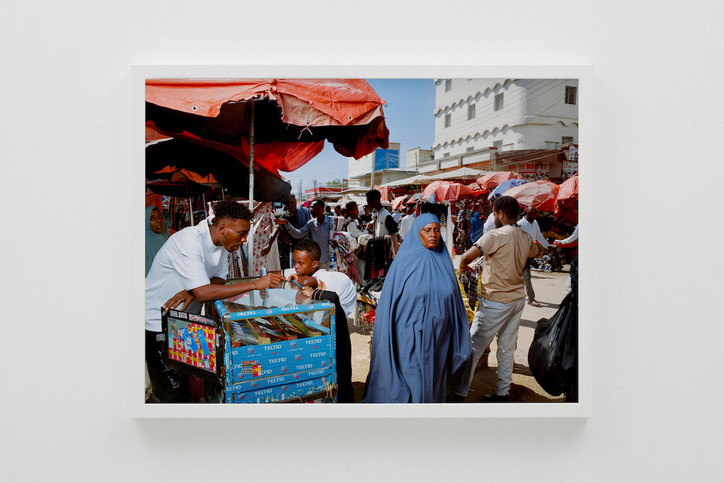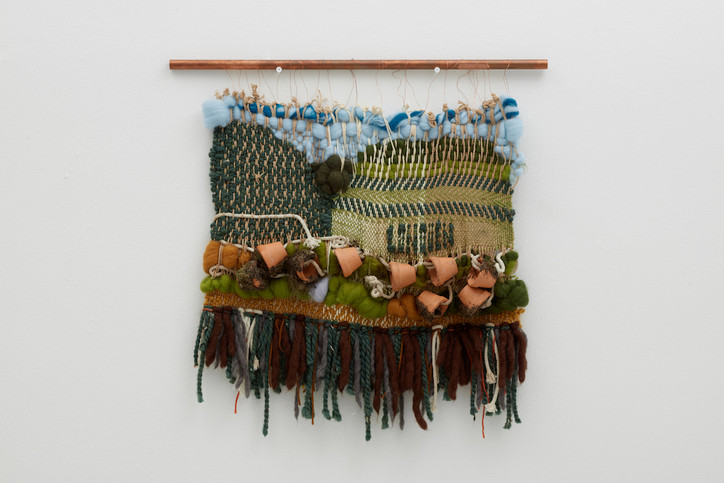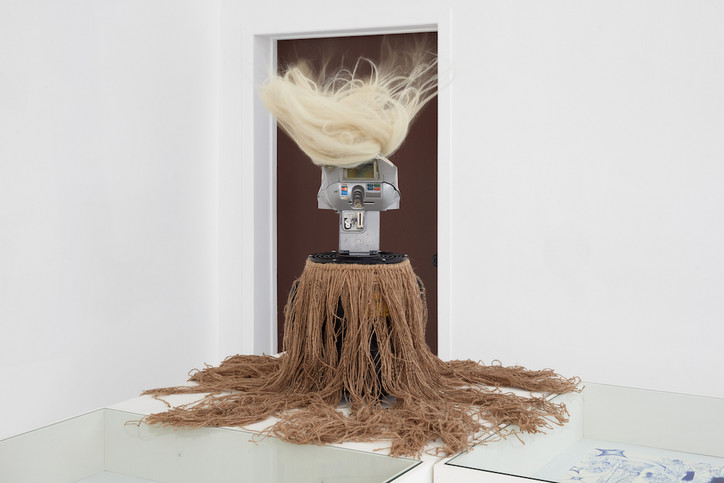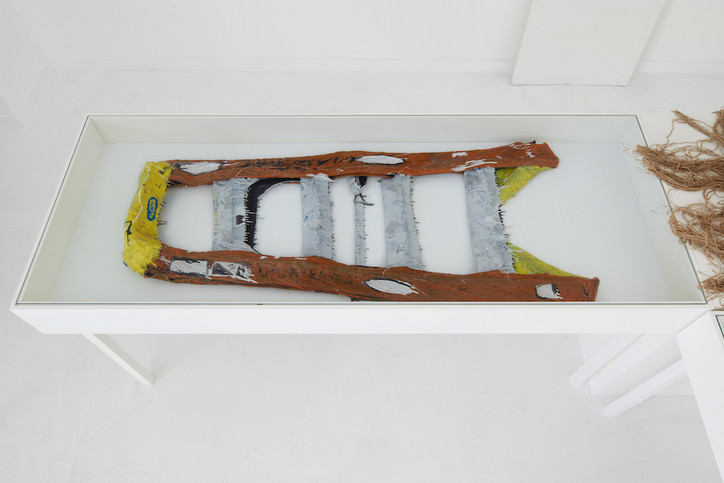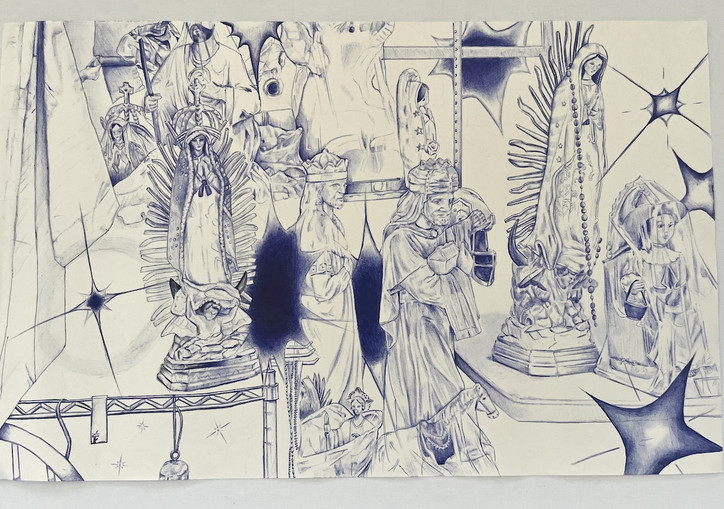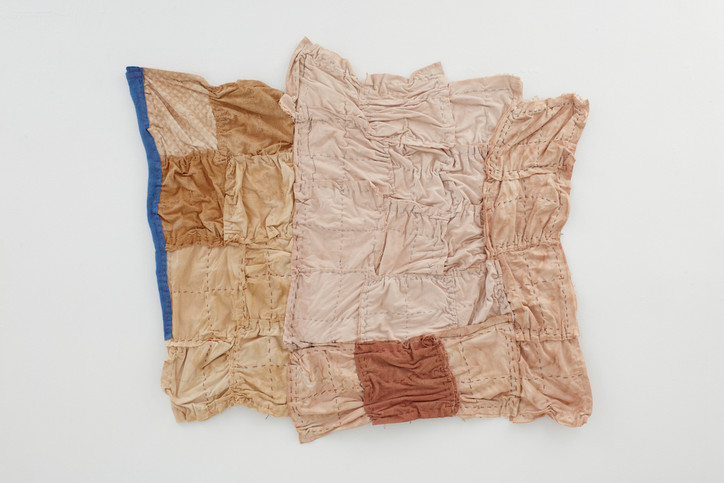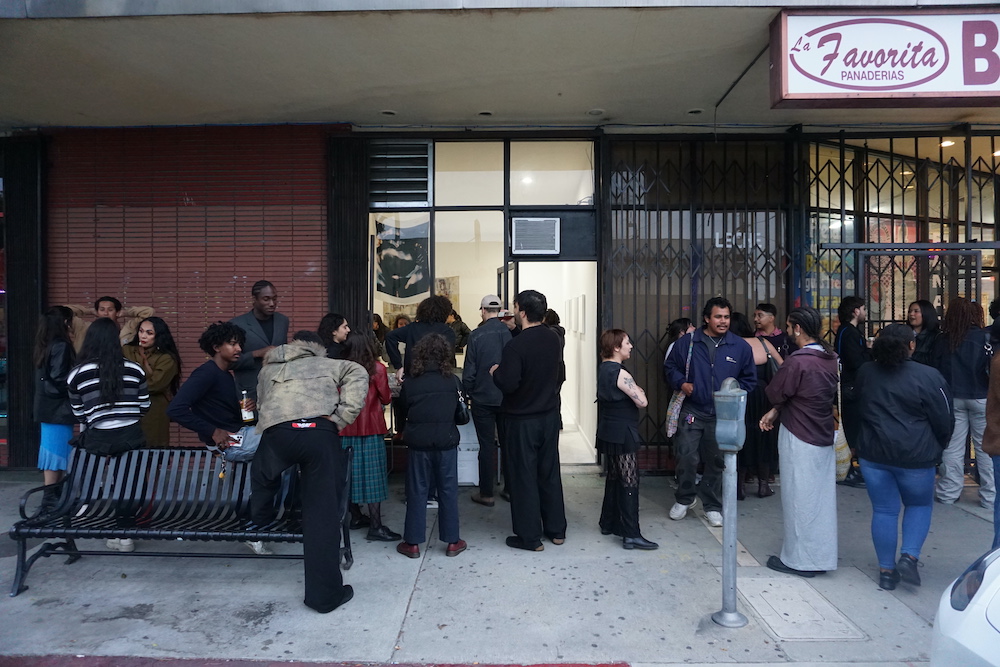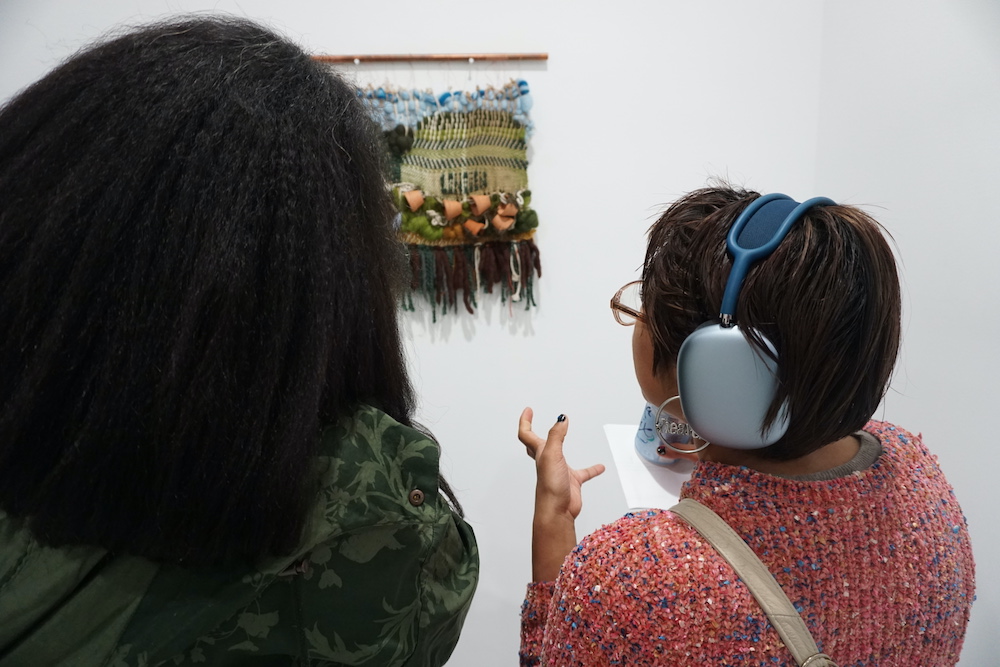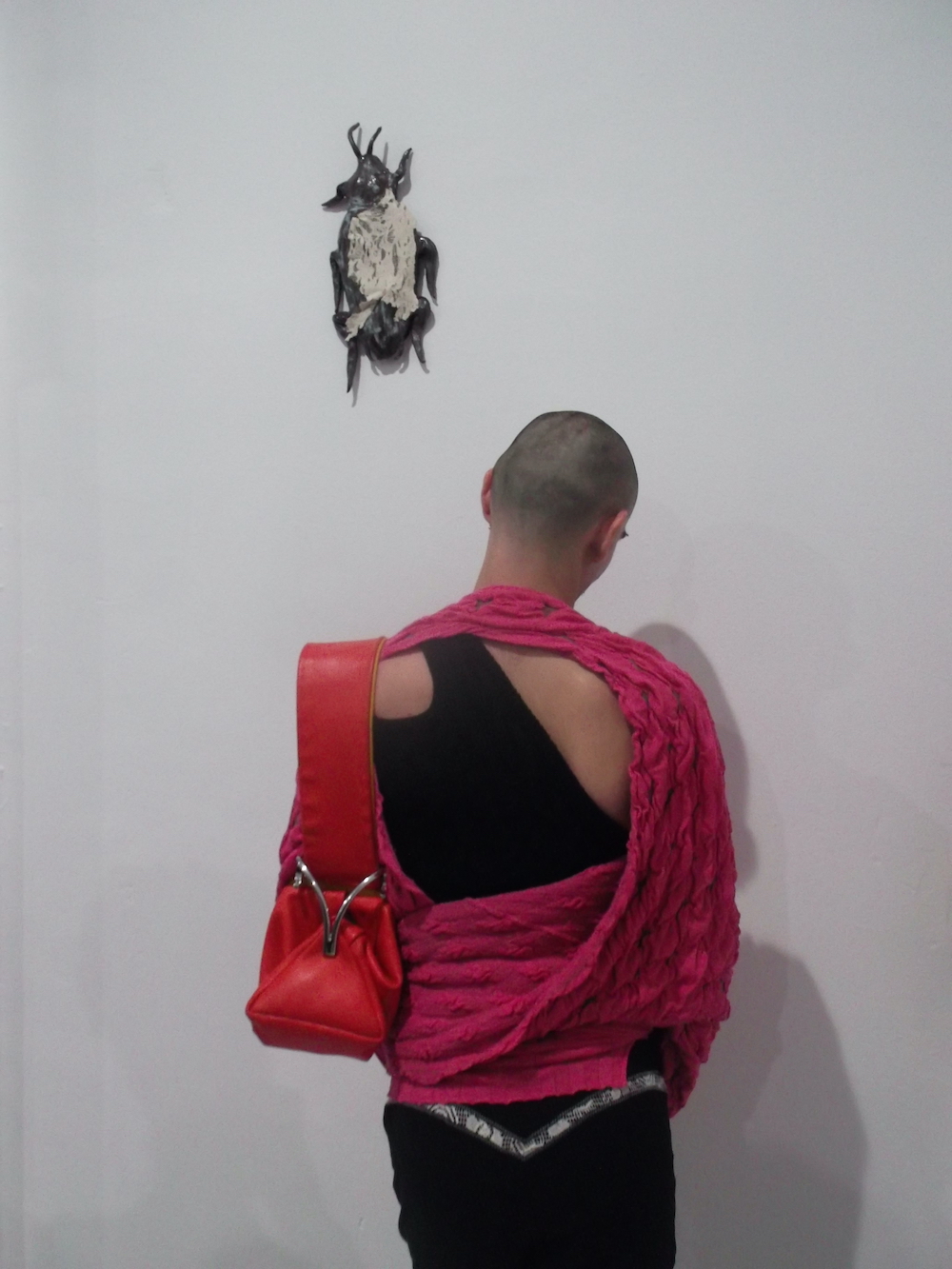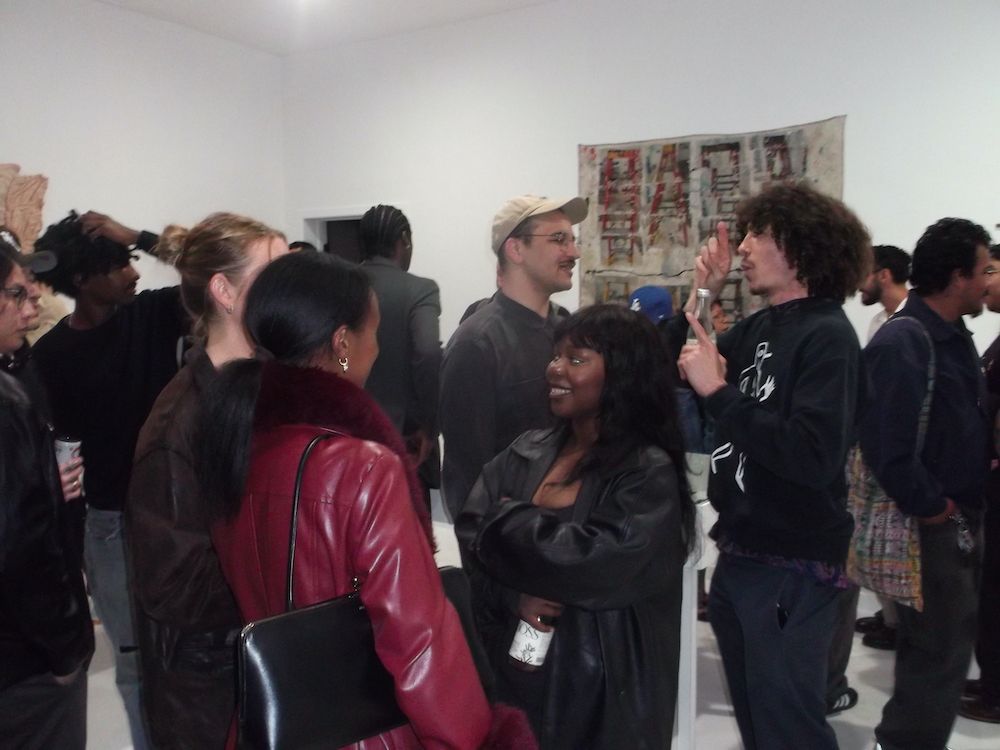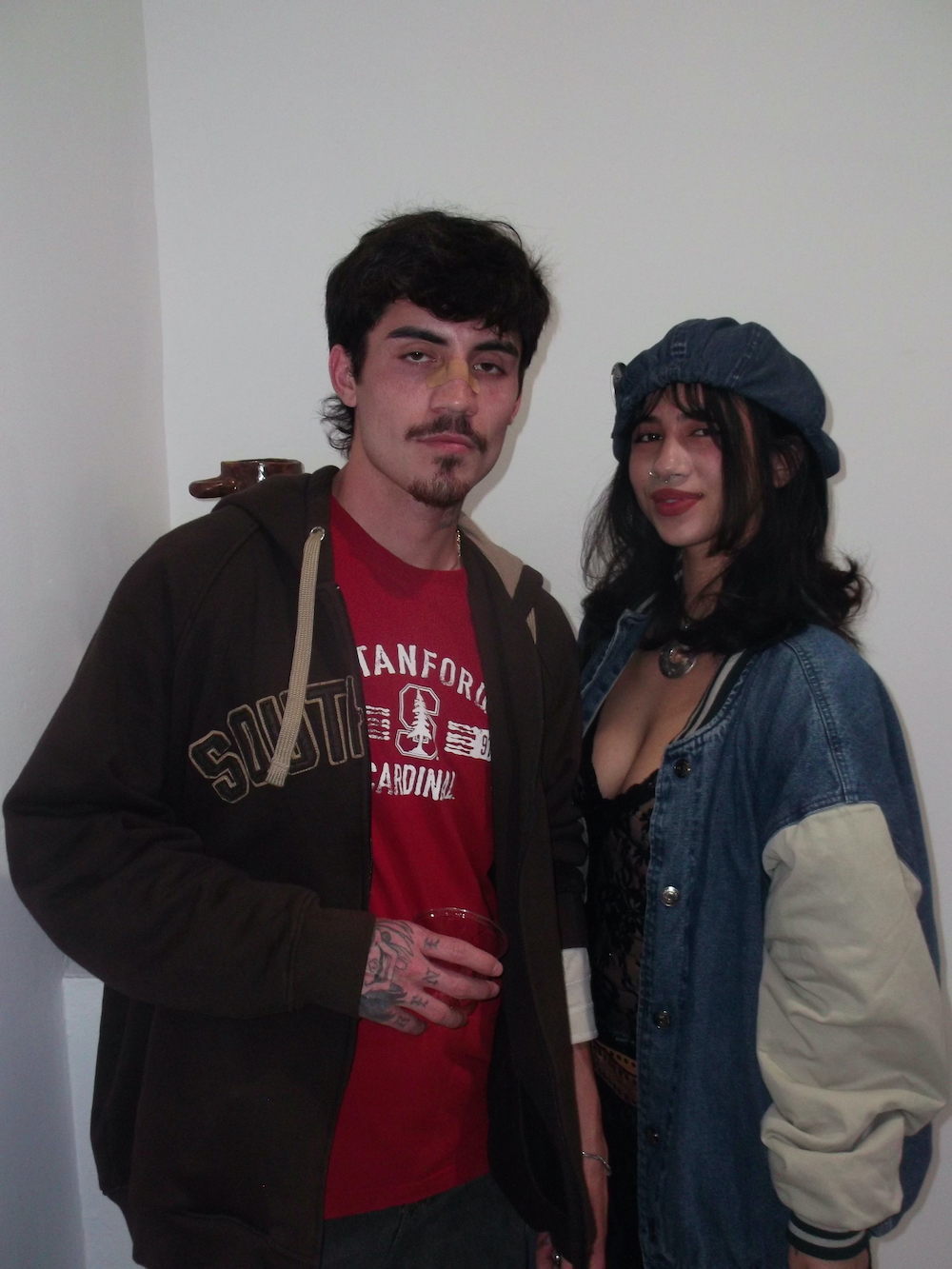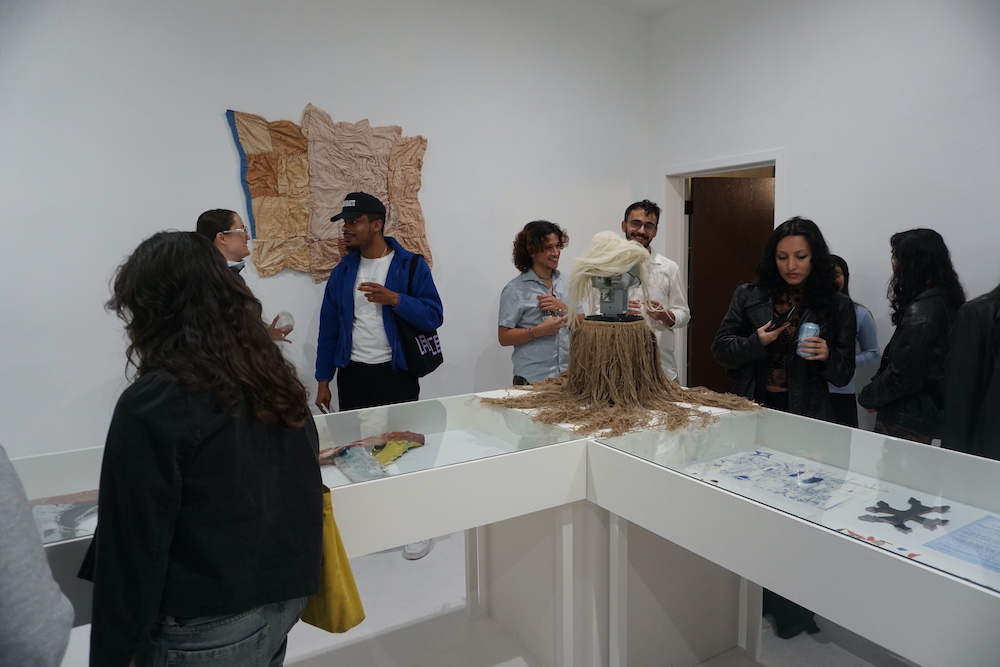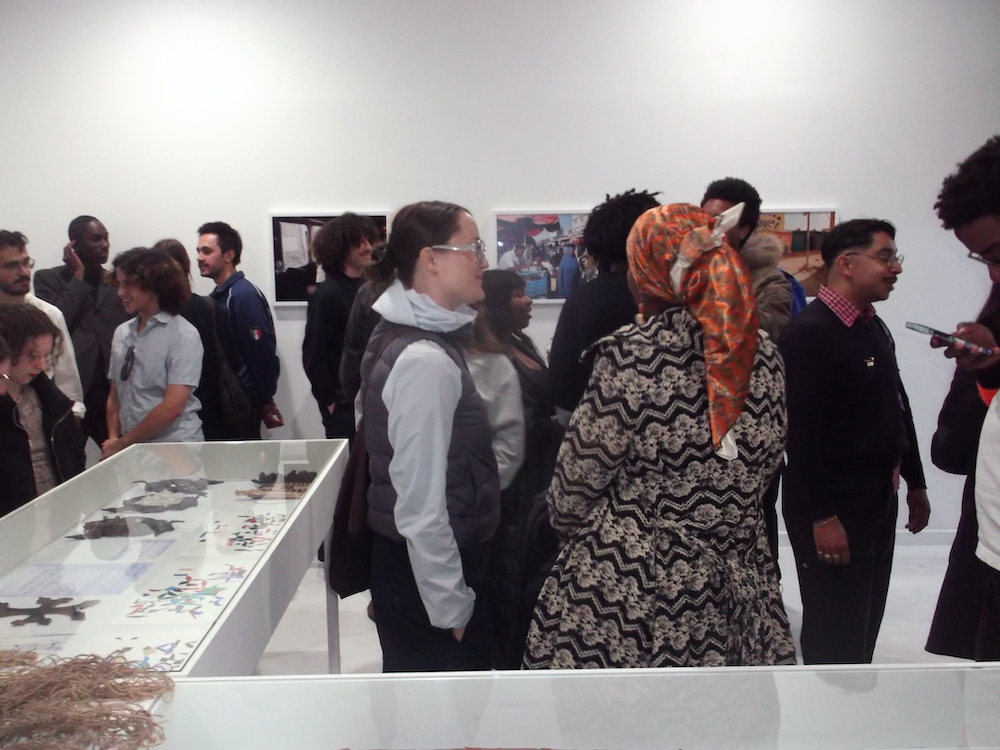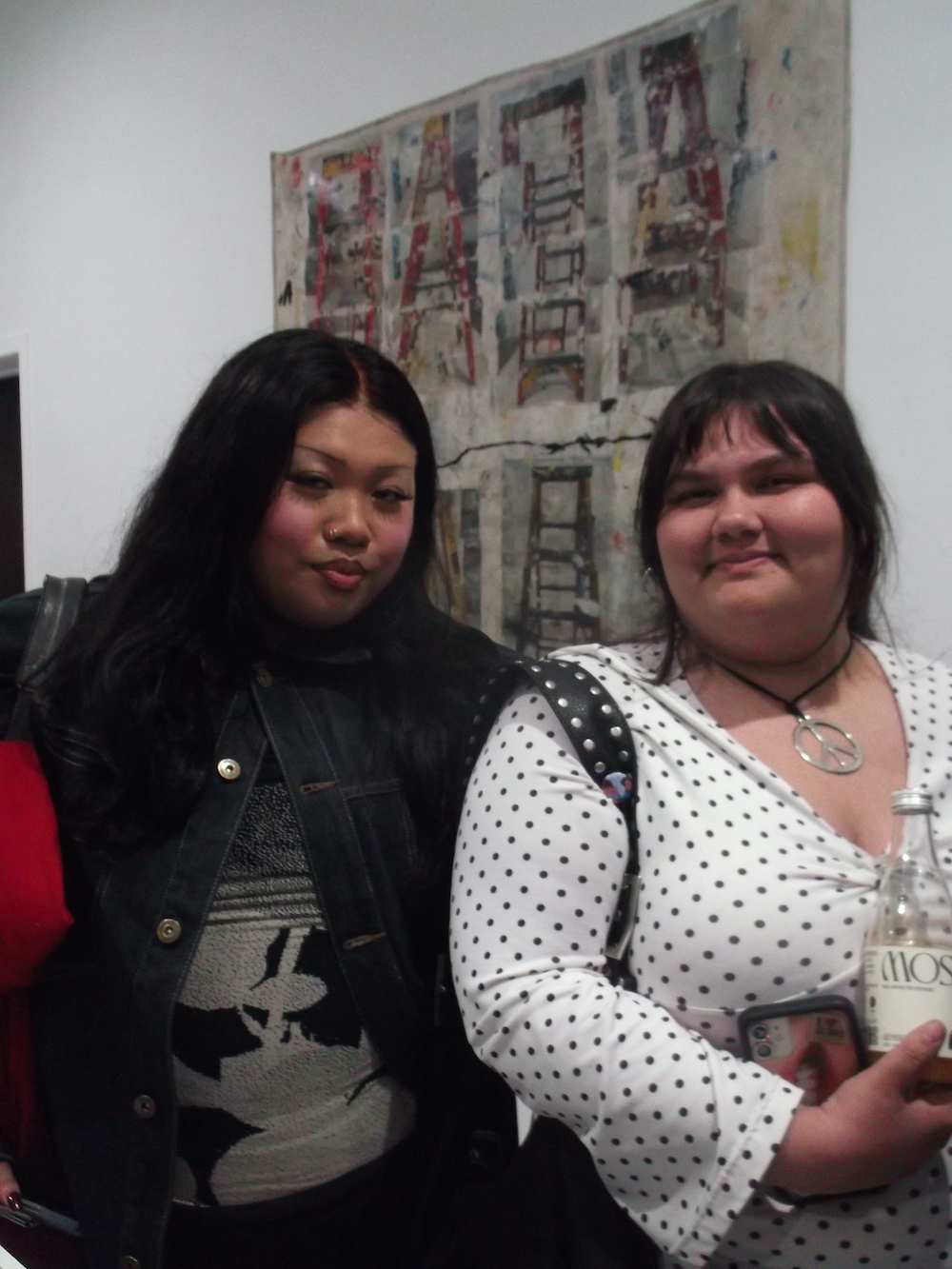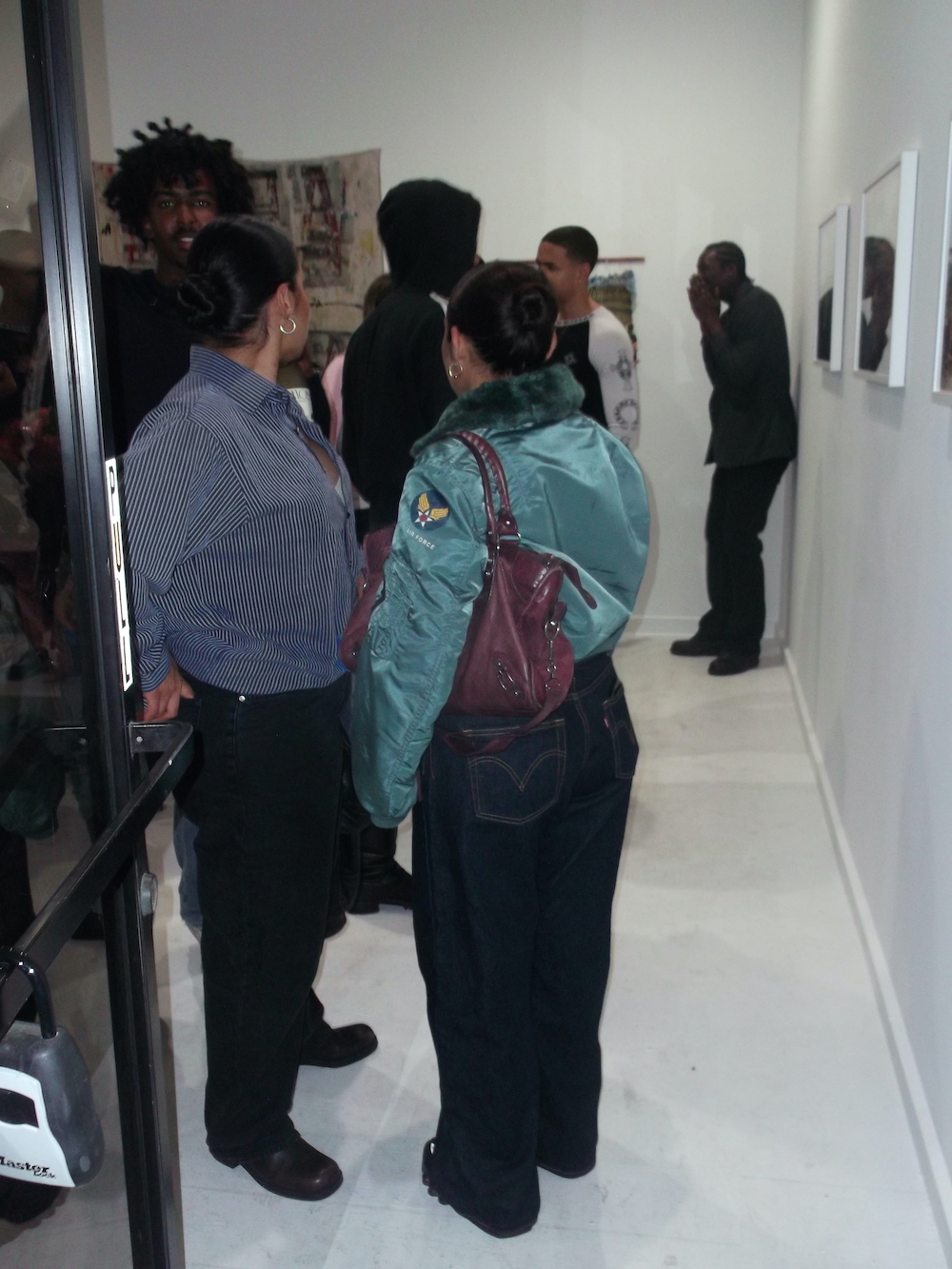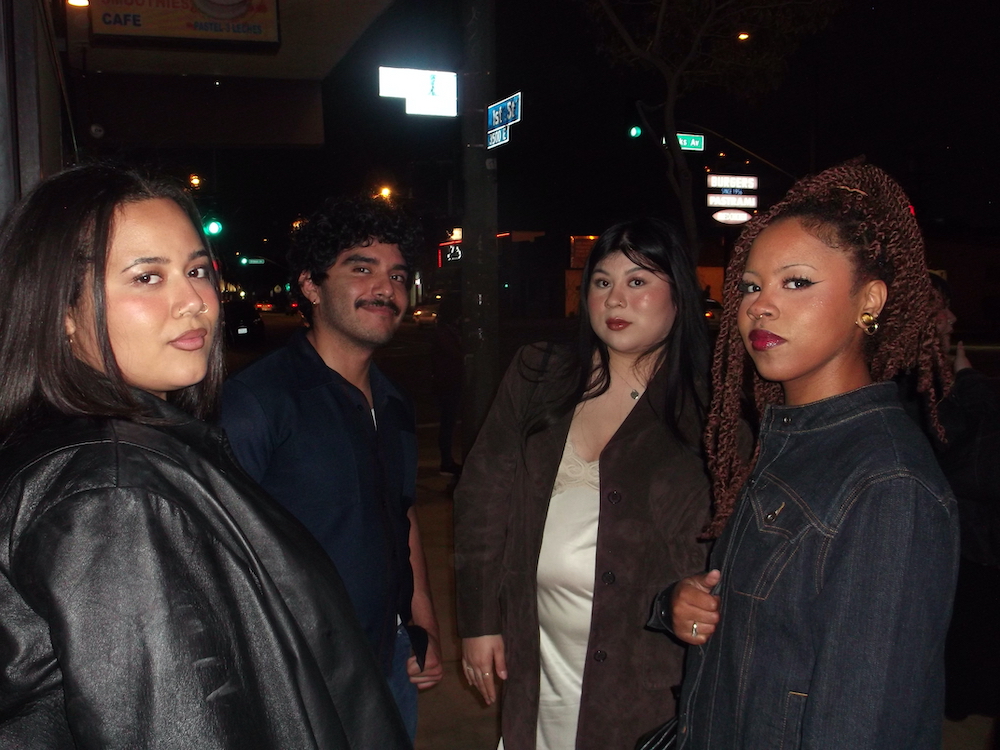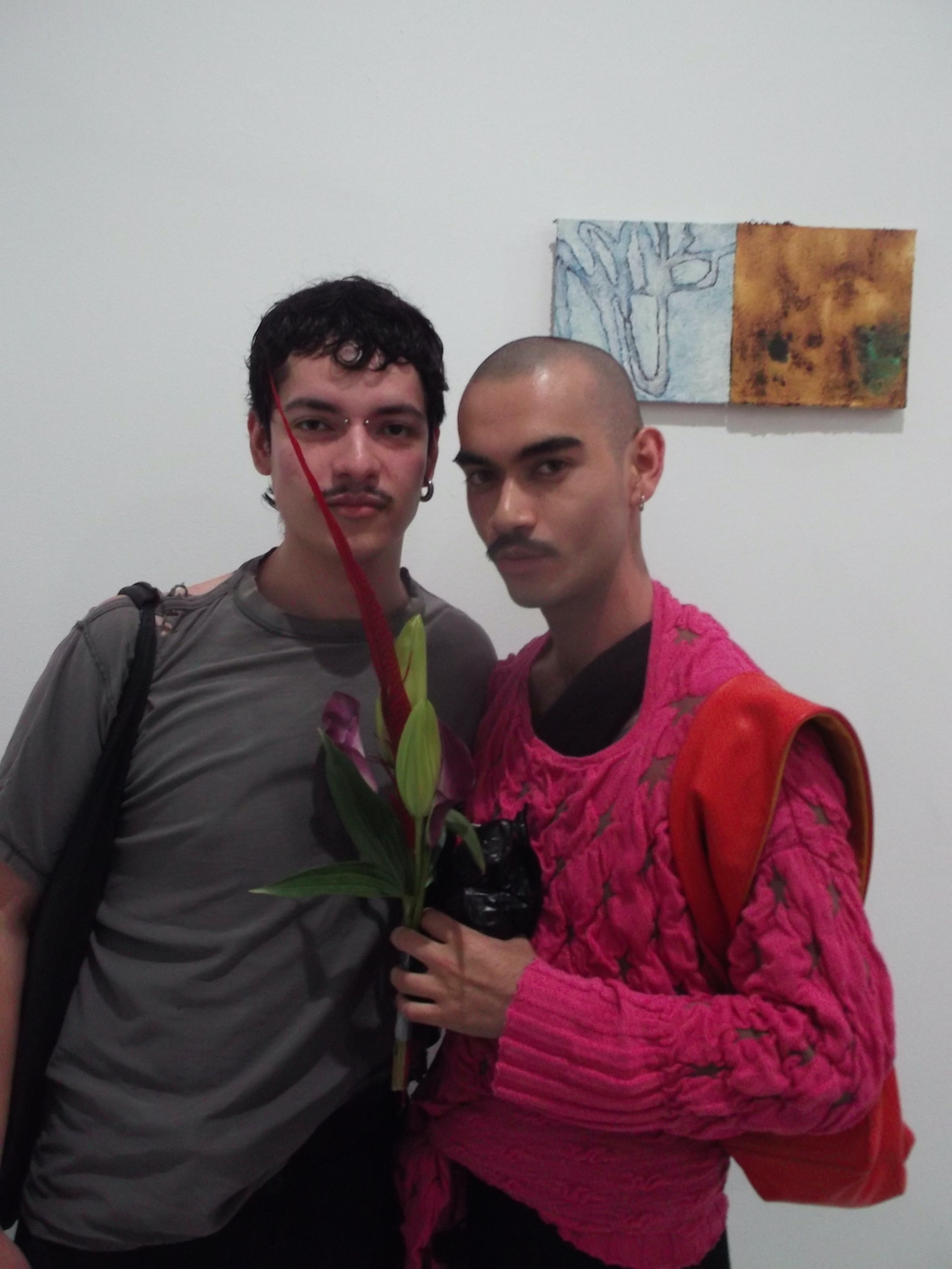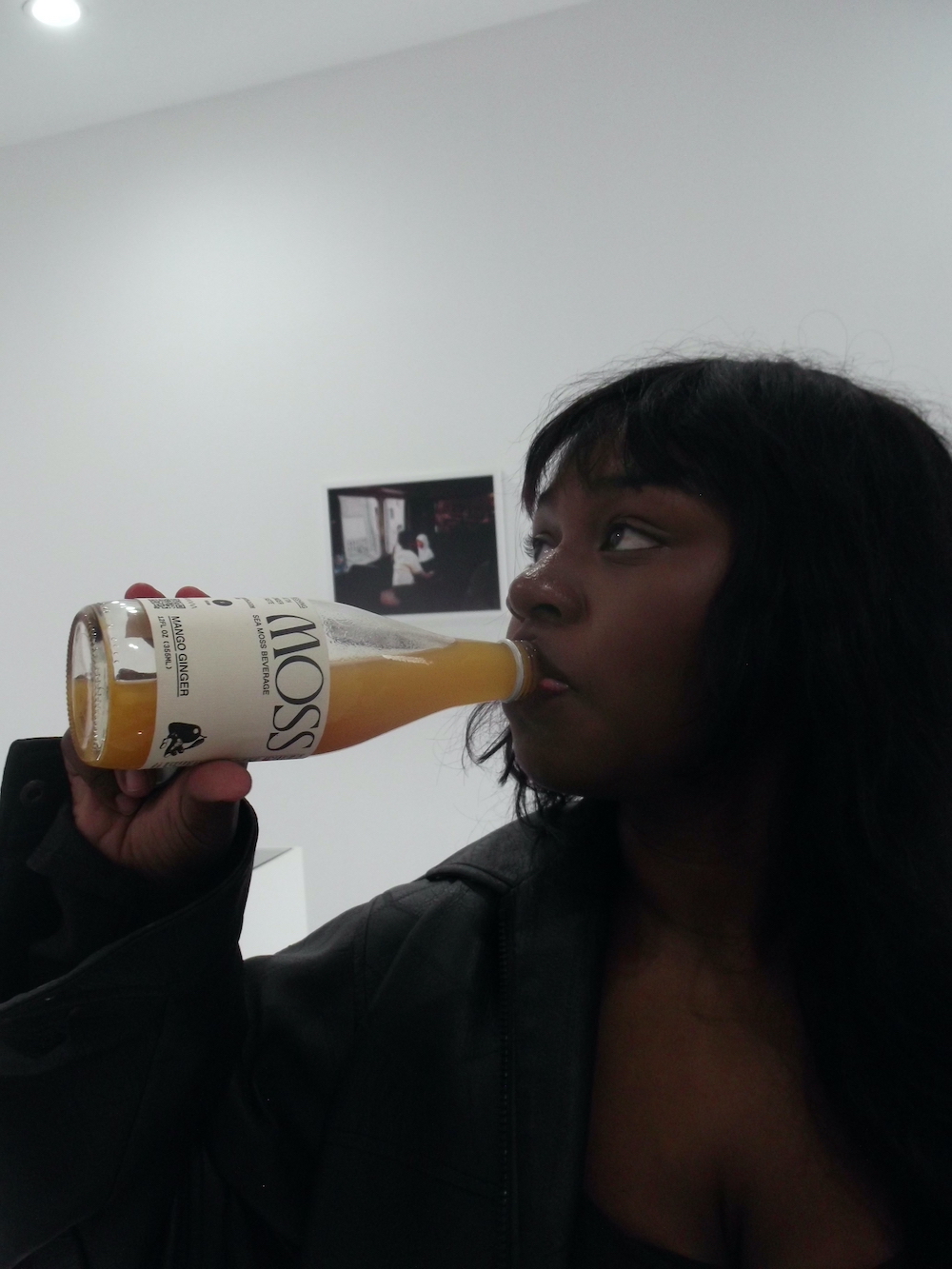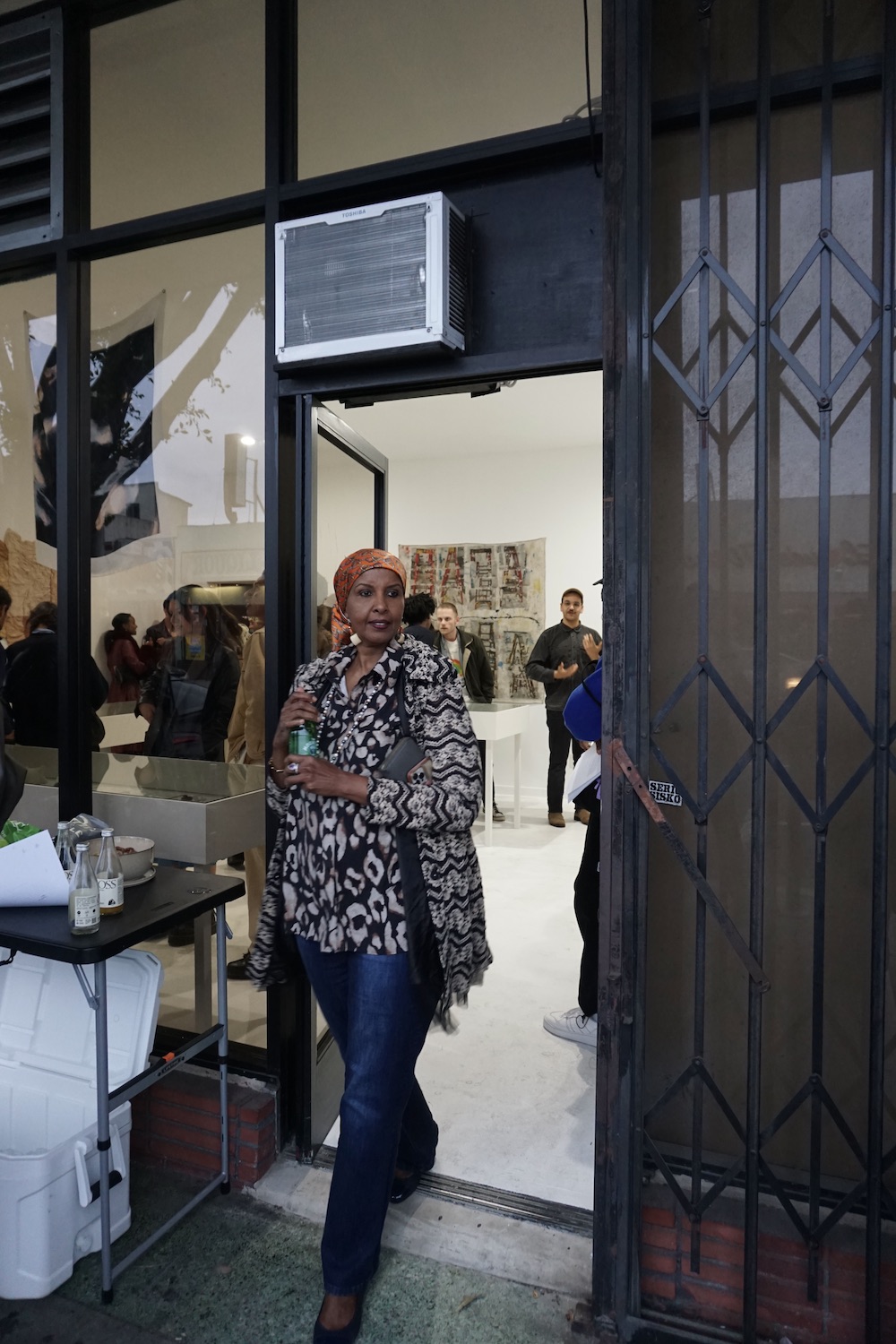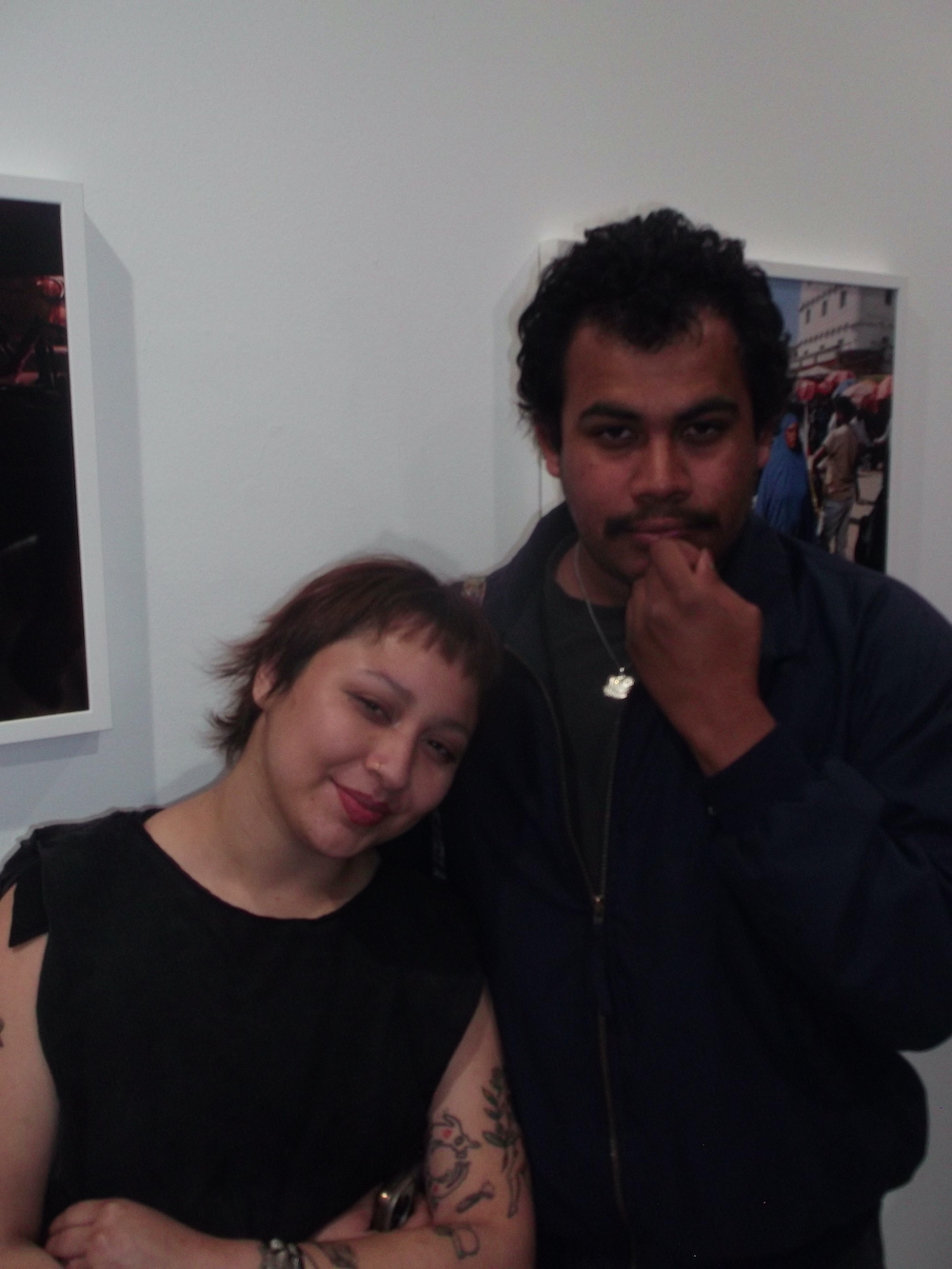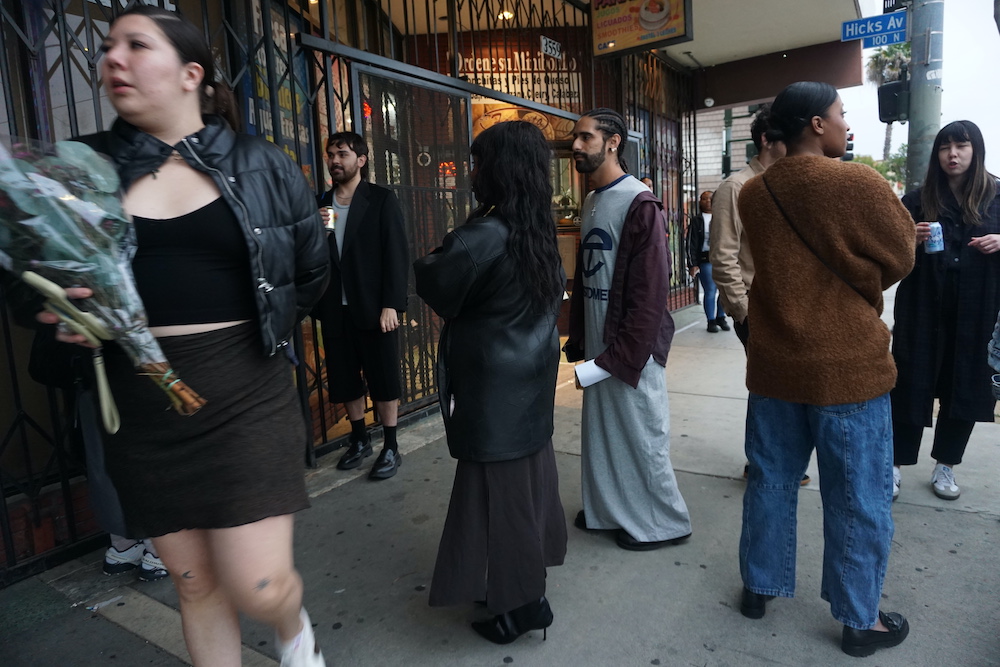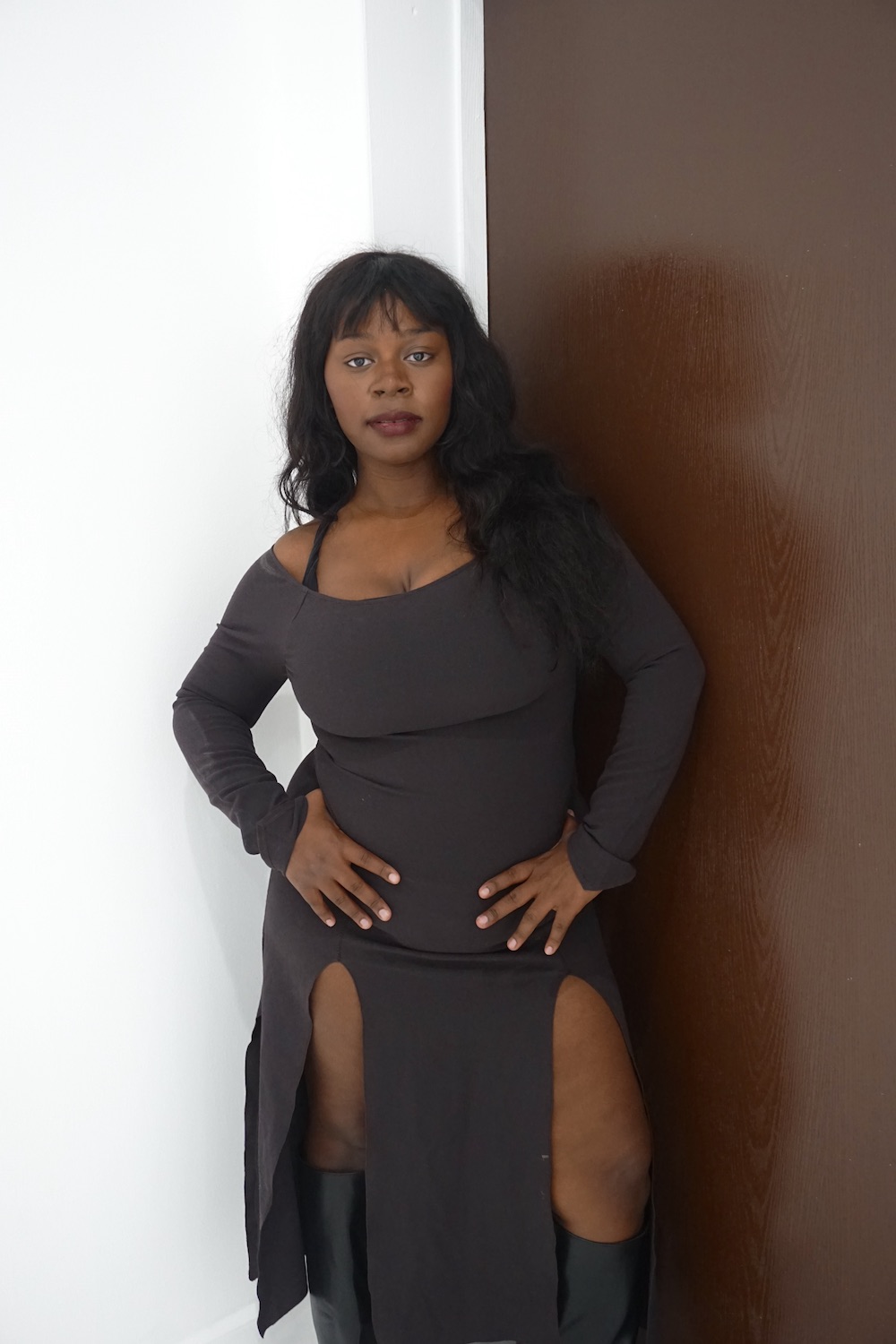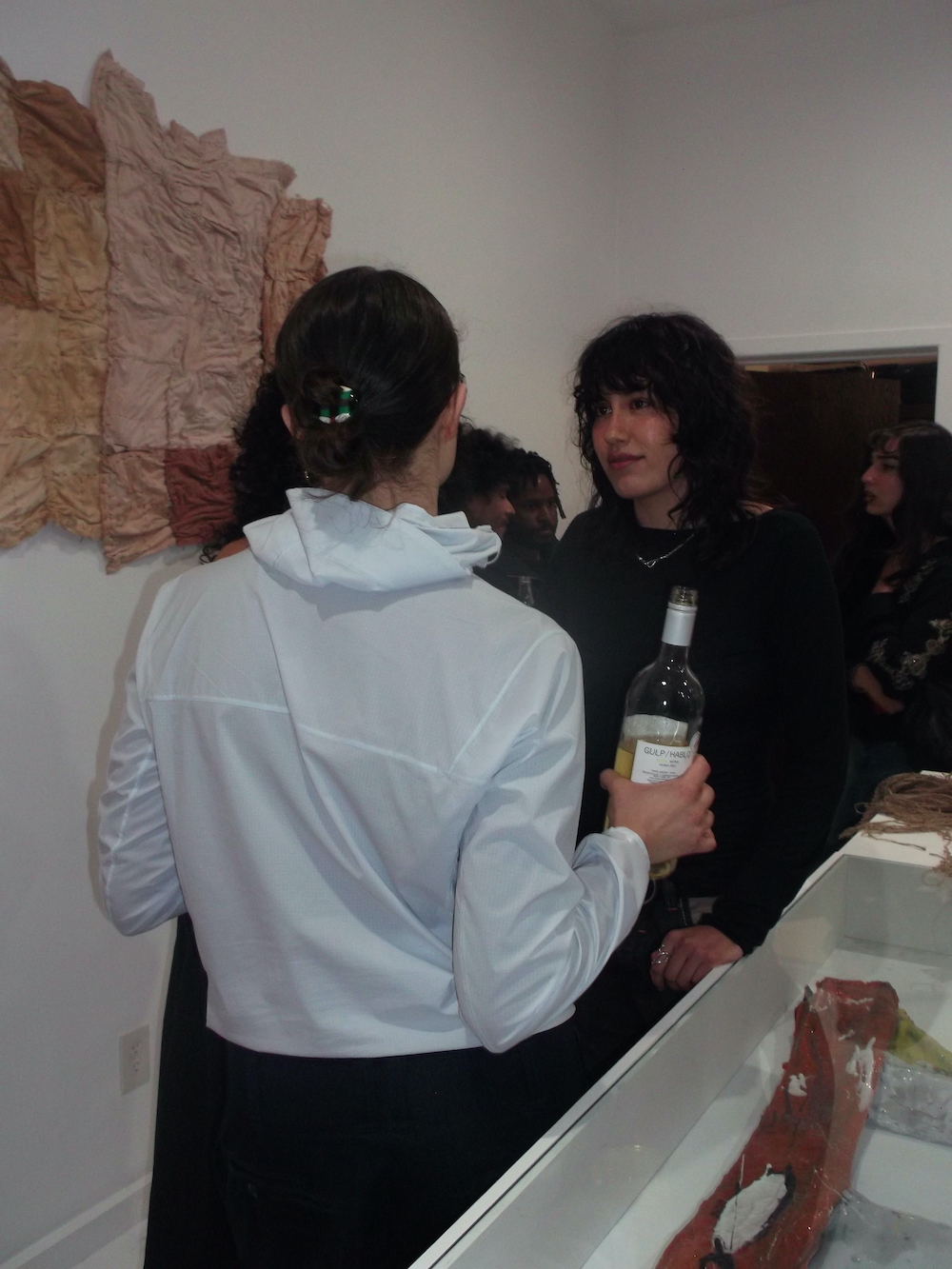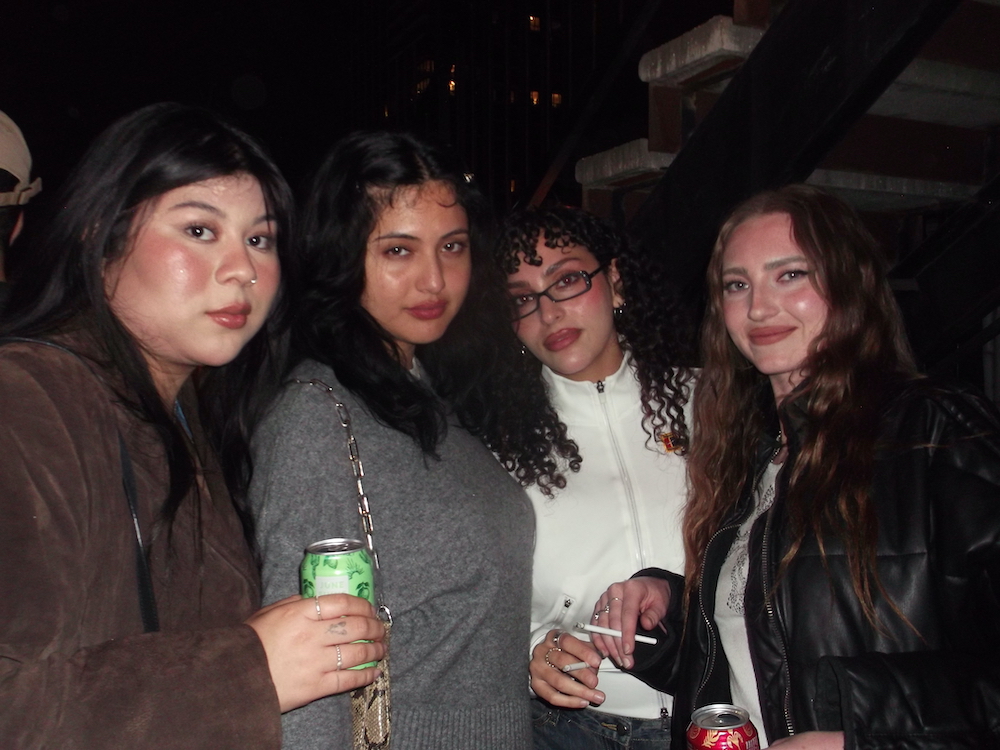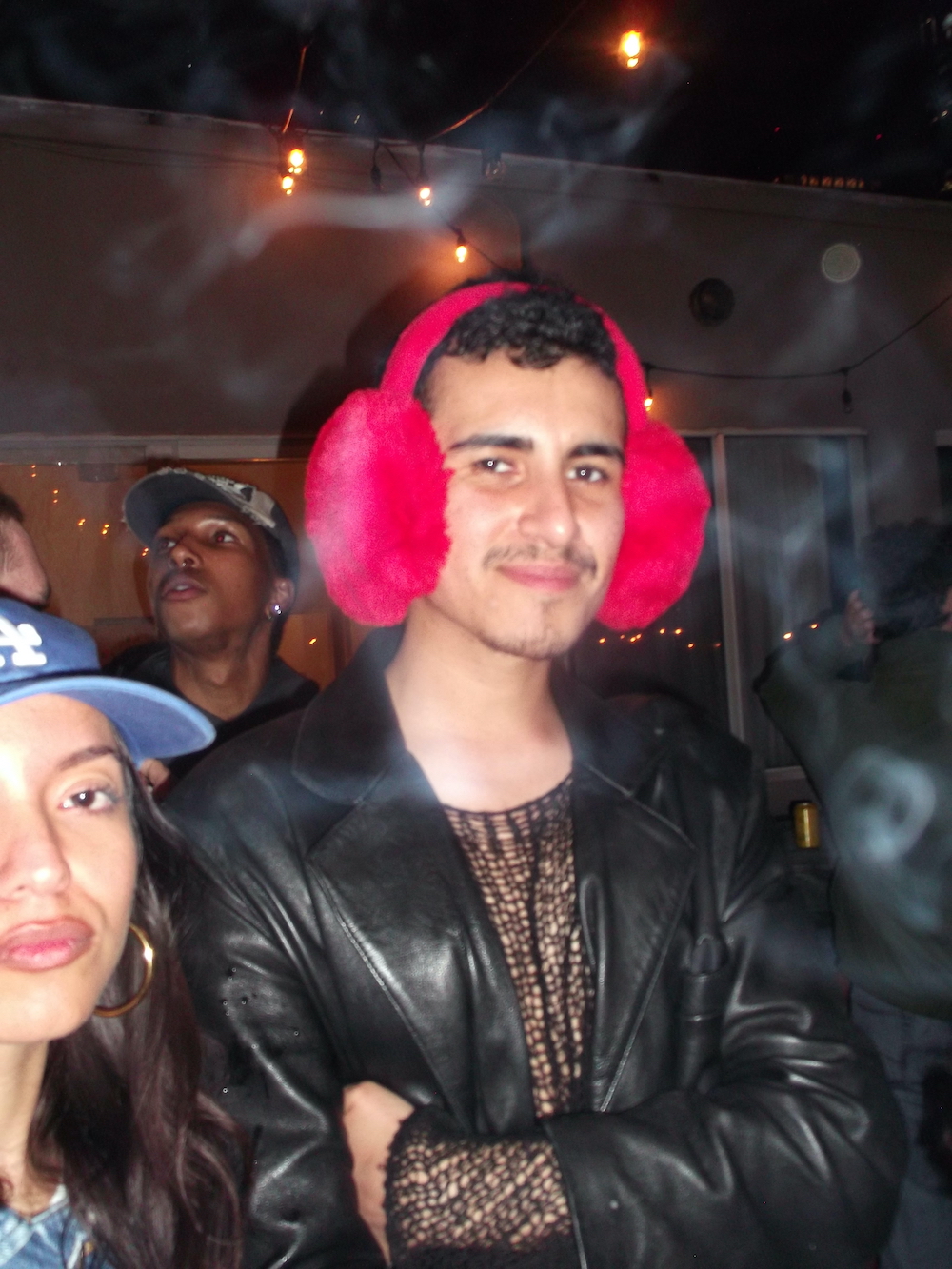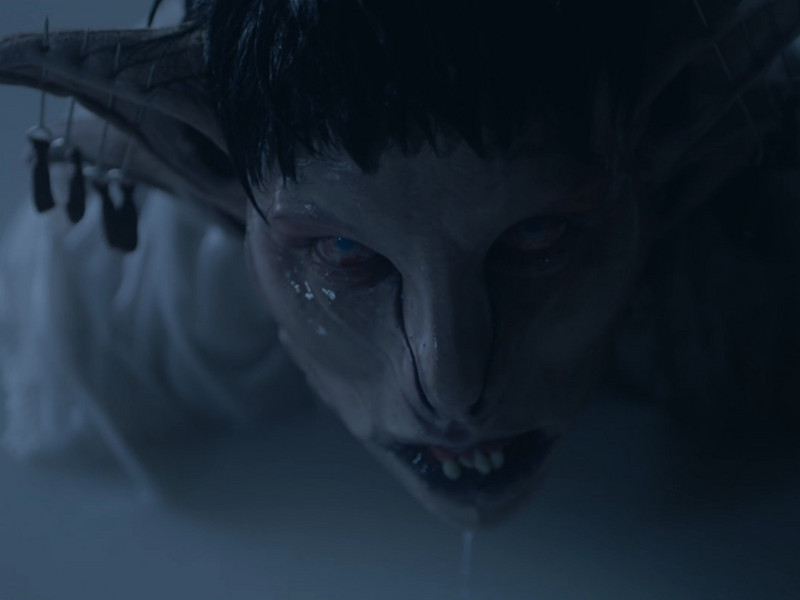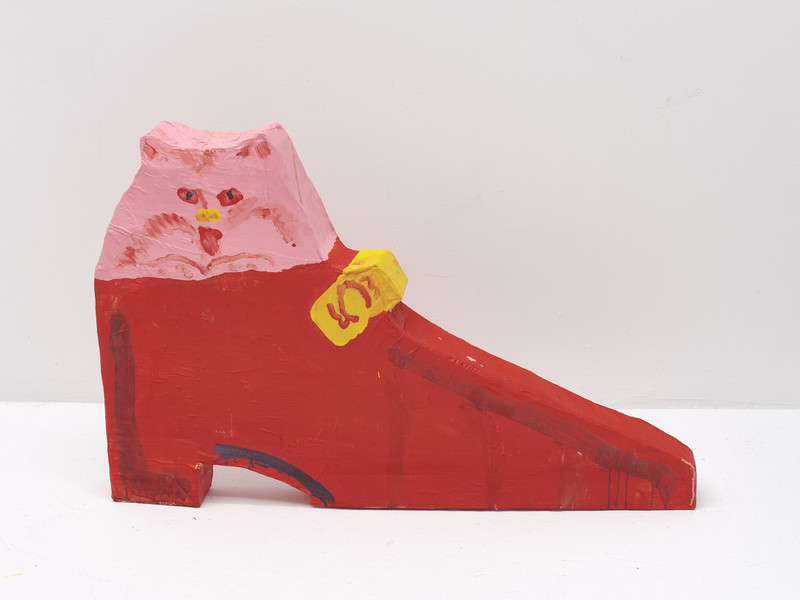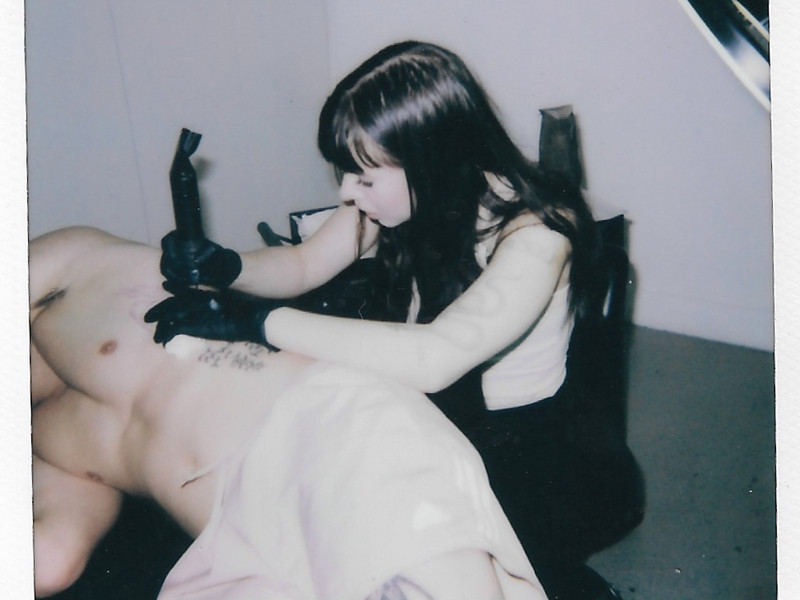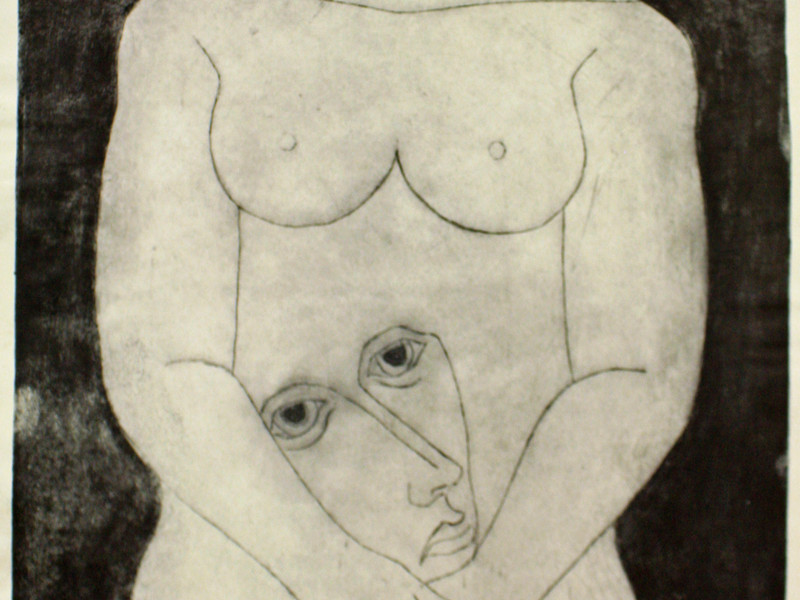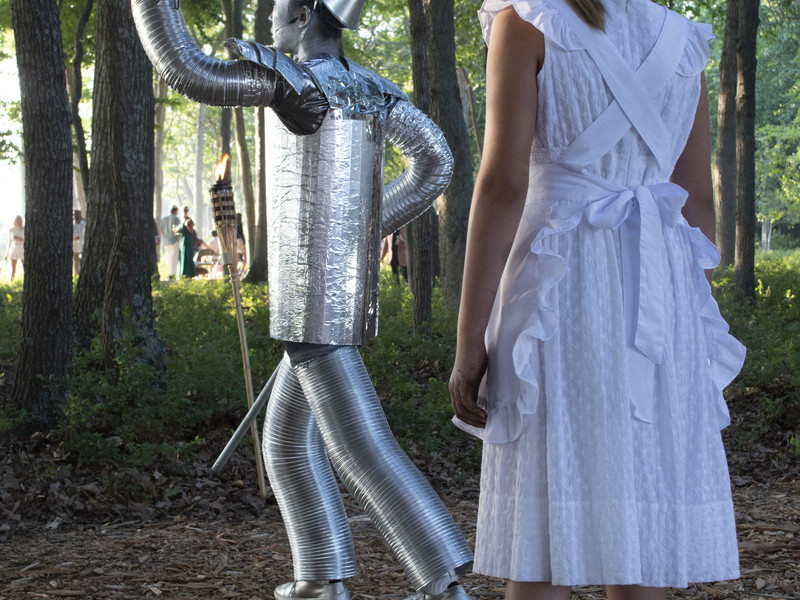In De Cara Al Sol, Diego Vourakis Journeys Into the Sun-Tinged Landscape of Cuba
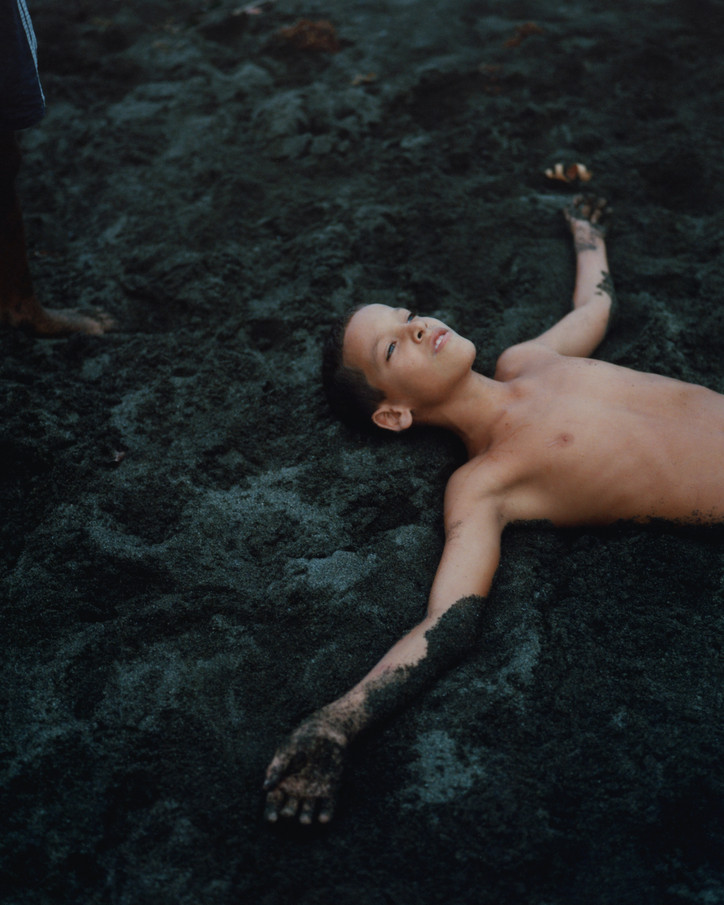
How did Lima and its culture influence your photography while growing up?
I grew up in a very communal environment that had a profound influence on the way I approached photography. When I was a kid, one of my fondest memories was waiting for the clock to strike 4pm. All the kids from the street would call my brother and me to come out and play some activity like “trompo” or “canicas” until it got dark, and our parents would shout for us to come back home. We knew everyone on our street and the next one: our lives revolved around community. Life wasn't easy there; everyone was in similar circumstances, and what we were left with was the need to come together and truly understand the value of having each other. This laid the foundation for my upbringing. Community was incredibly important.
Could you unpack your heritage and what it was like growing up in your country?
Lima is a city where the past and present coexist. While growing up I was exposed to various cultural traditions and festivities that were incorporated in school. For most of my childhood, I lived in a small town on the outskirts of Lima, in the district of Mangomarca. Every summer, during the month of February, all of Peru would celebrate "carnival," a festivity used to mark the last few days before the Lenten season in the Christian calendar. For kids, it was celebrated with an ongoing water balloon fight throughout the month, along with dancing and music. Each region put its own spin on it, making it a lively and colorful celebration. It was my favorite time of the year as a kid! My grandma grew up in Yurimaguas, which is in the northeast of the Peruvian Amazon, and that had a significant influence with Amazonian traditions. These included traditional dances, cuisine, music, and even natural healing practices. It was pretty cool to have been exposed to such a diverse range of customs during my childhood.
What are your key messages that you like to convey in your practice?
A message I always try to convey is intentionality. Taking a photo, for me, is about mutual giving. In some of the most intimate images I've taken, there was a lot of trust involved from both sides. I often ask myself why I take photos, and it's these kinds of projects like De cara al sol that give it meaning. To be able to share photographs that speak a universal language, ones that could influence action, stimulate understanding, or evoke a feeling.
I have always seen this medium as a doorway into sharing my experiences. It is our upbringing and influences that shape our interests and make us unique. From there, each of us take our own paths and become interested in shooting subjects that remind us, in some way, of a part of our past lives or younger selves.
De Cara Al Sol is the title of your new book. What were your inspirations and references?
The title was inspired by one of Jose Marti’s poems, "Versos sencillos XXIII,” which is part of a series of 46 poems. In these verses, Marti talks about his experiences throughout different stages of his life and expresses principles and assessments about nature and poetry. Jose Marti is considered one of the most important figures in Cuba and a key factor in Cuba's fight for independence against Spain. It felt right to pay tribute to his work.
Why Cuba? What aspects do you find compelling?
I discovered a sense of familiarity while in Cuba, it uncovered a childhood feeling that resonated deeply with me. Initially, I had no intention of starting a project about Cuba. However, visiting and immersing myself in their culture sparked a profound curiosity, inspiring the creation of this project. I emphasize this point because I consider it crucial: it's the strong bonds they share and what 'community' truly means to them. It resonated with me, and I felt it deeply. Even as an outsider, they welcomed me with open arms. At its core, Cuba represents the strong sense of community and the love they have for one another. It's a beautiful feeling to be a part of. Their energy is truly magnetic.
What was your key focus while building the book? How long did it take?
A key focus for me was publishing this book under my new creative studio, AMILE, which I founded with two friends. It's the first creative project undertaken by the studio, and it's incredibly exciting to create and publish a book with a team of like-minded creatives. We spent approximately four months designing the book, along with some other projects that coincide with it. It has been a highly rewarding journey. This whole project took approximately three years to create. Most of it is derived from my most recent trip to Cuba. During my initial visits, I focused primarily on absorbing the culture. I realized I had to cultivate a profound knowledge of the island, not only from my point of view as an outsider but also to comprehend the Cuban perspective. This involved building relationships and gathering stories to effectively convey through this book. The objective is to immerse you in a sense of curiosity, encouraging readers to explore further, to draw inspiration from these stories, and ultimately, to visit Cuba. It aims to kindle an interest in the island and its unique charm. It serves as a reminder that, now more than ever, we need each other and a sense of community. The Cubans demonstrated to me how simple happiness can truly be.
There’s a recurrent theme of nature that runs through the book. Why does it play such a huge part?
It naturally evolved this way; I feel most alive and fulfilled when surrounded by nature. I find great peace and clarity within it. It transports me back to a simpler memory of my childhood. Nature has the power to humble and ground you. In Cuba, I felt so attracted to the unique and untouched nature the island holds.
What’s your favorite photograph in the book? Why?
It would have to be the image of the kids in the playground, primarily because of the feelings it evoked while I was there. During my travels in Cuba, various encounters would stir emotions that led to memories from my past. This particular image serves as a vivid reminder of a time when I was a child in Lima and the clock would strike 4pm, and my brother and I would run outside to play with our friends.
What’s next for you?
What's next is our focus on organizing various exhibitions and activations for 'De Cara al Sol' across the US, Mexico, Europe, and the UK, all while sharing these profound stories with the world. I'm also excited about creating more philanthropic projects under AMILE. The two friends I'm starting the studio with bring unique backgrounds to the table, and together, we aim to make a positive impact.
And your future hopes?
I hope that this project has an impact on the Cuban community, initiates meaningful conversations, and inspires other creatives to use their talents to effect change — to use our voices to make a difference. I also hope that 'De Cara Al Sol' marks the beginning of a series of books where I can explore more about other cultures. Aiming to promote cultural understanding and celebrate the richness and diversity of our world.
